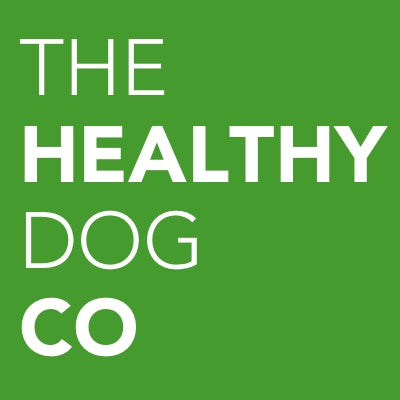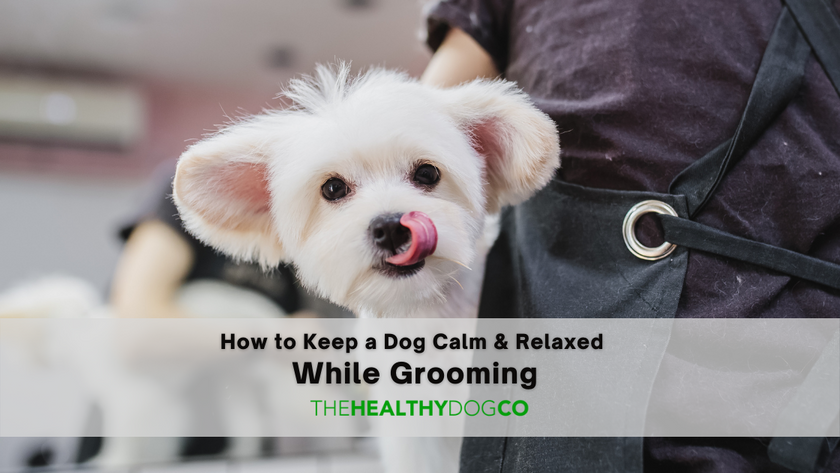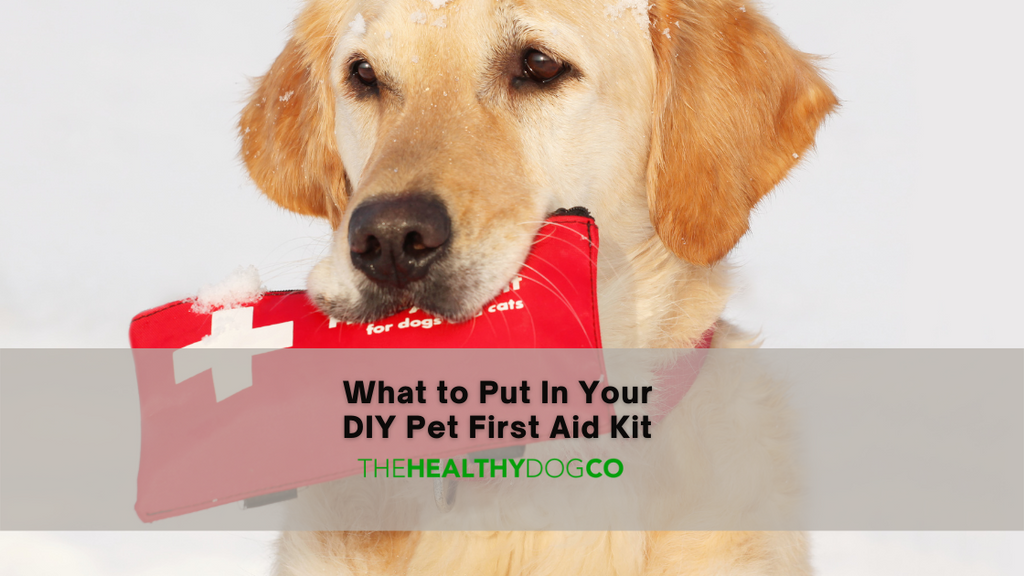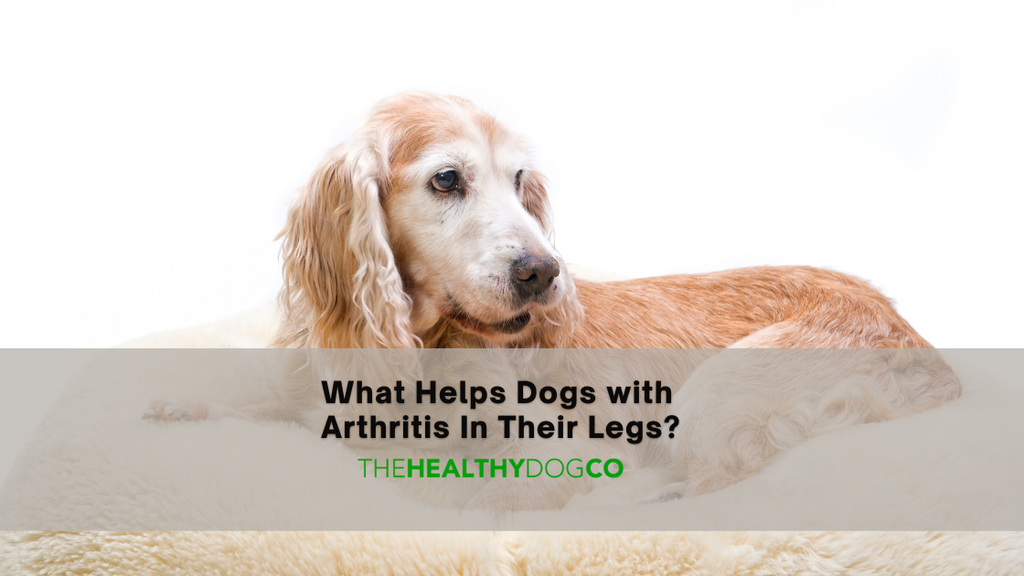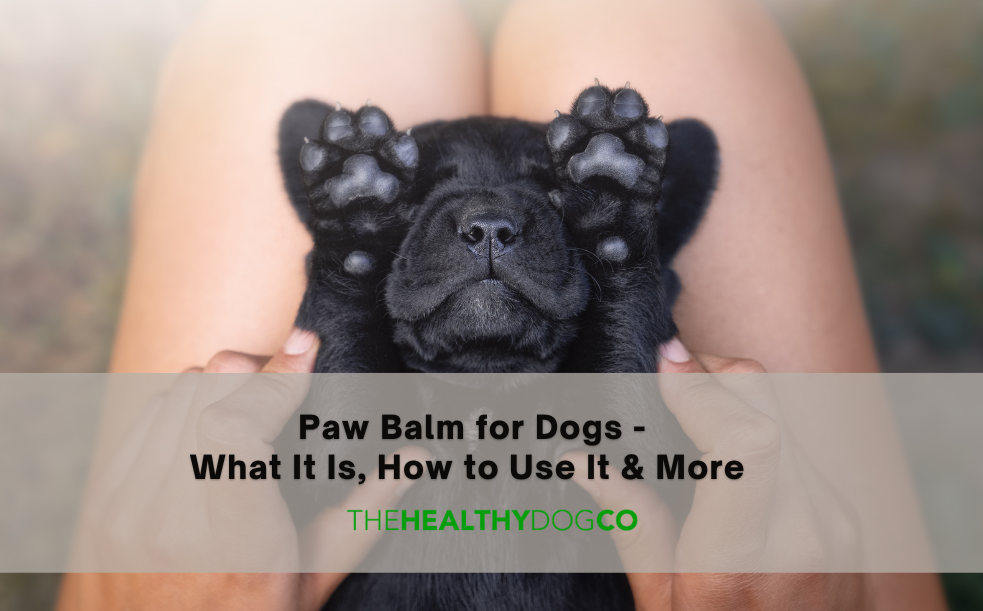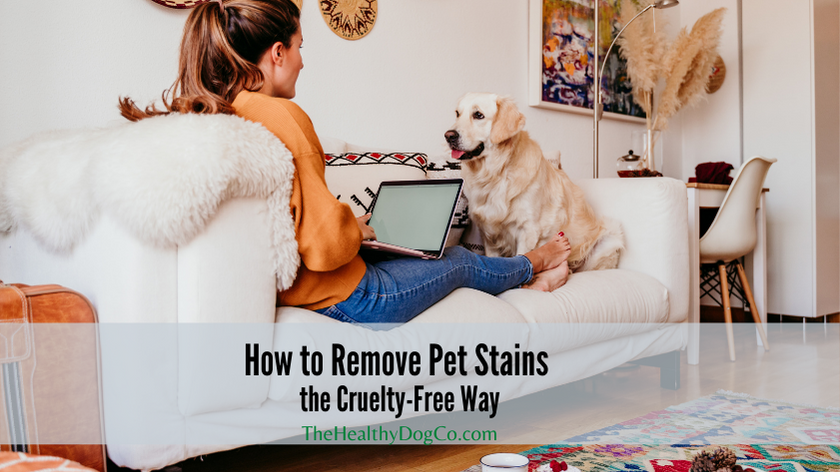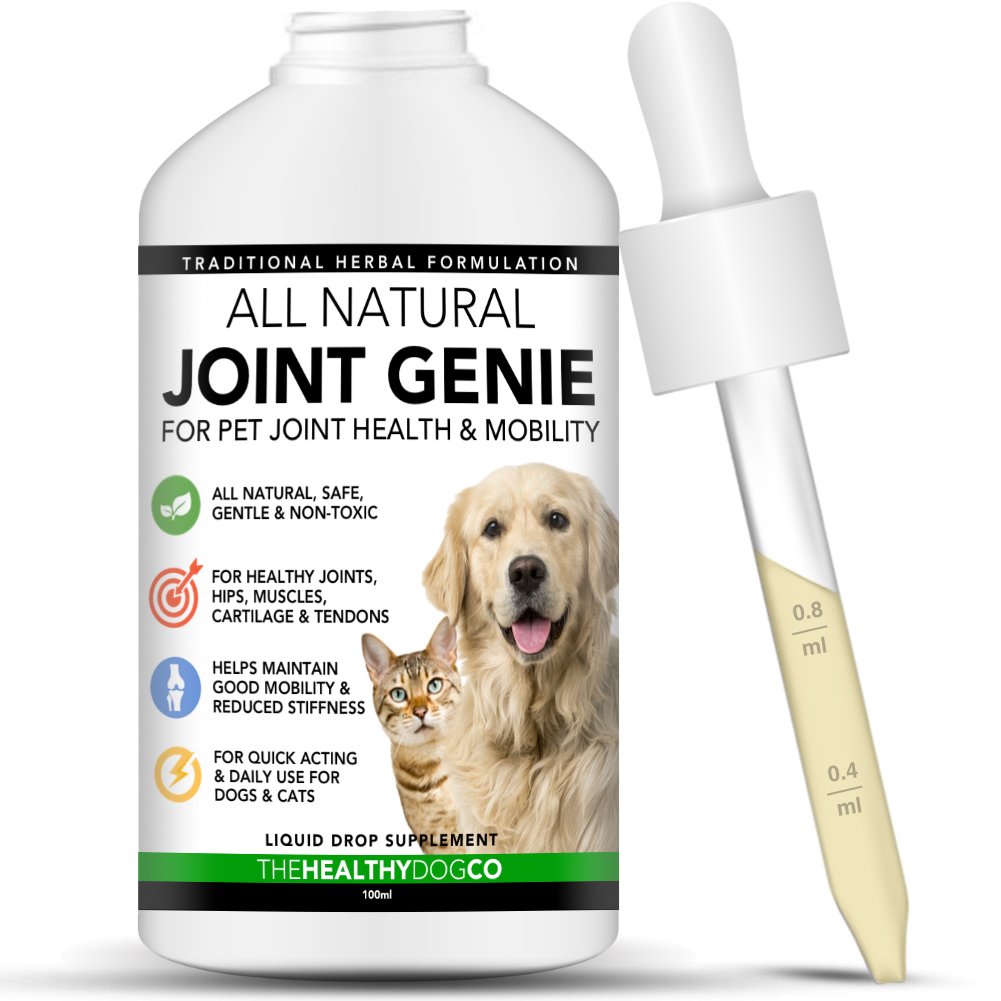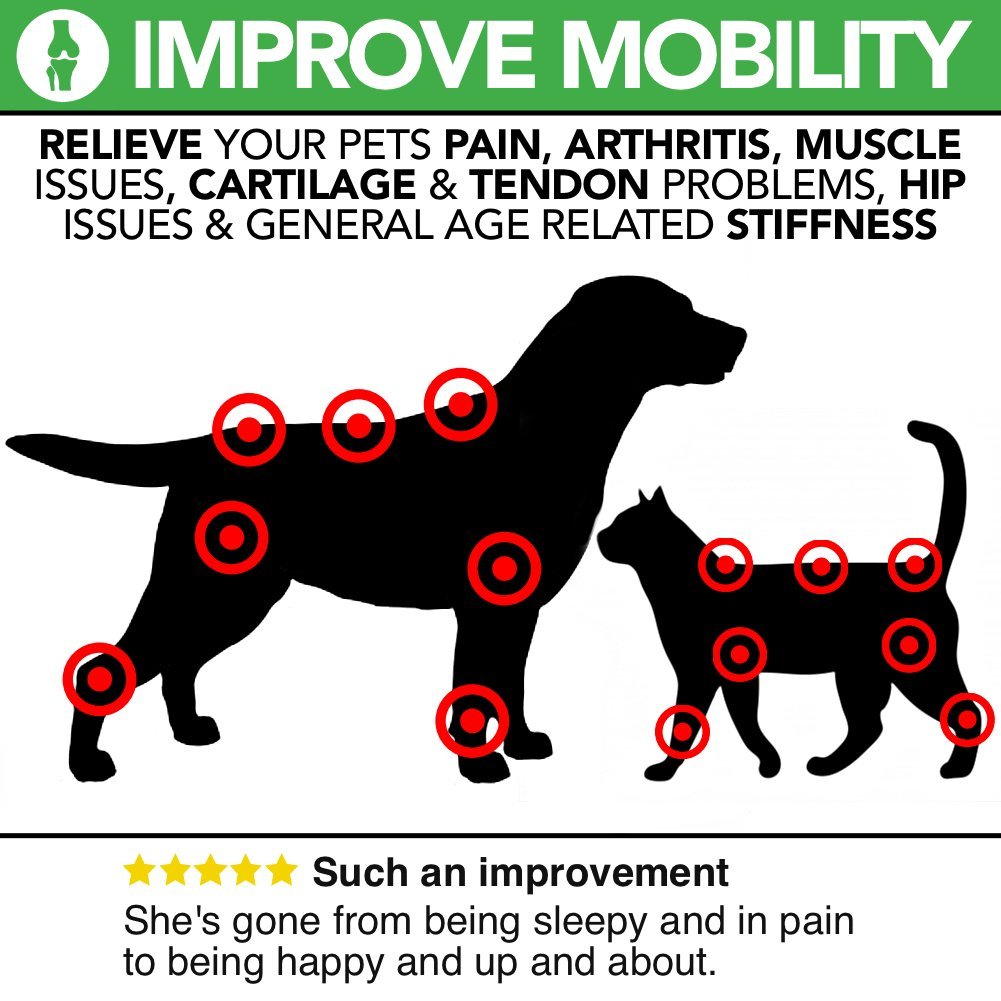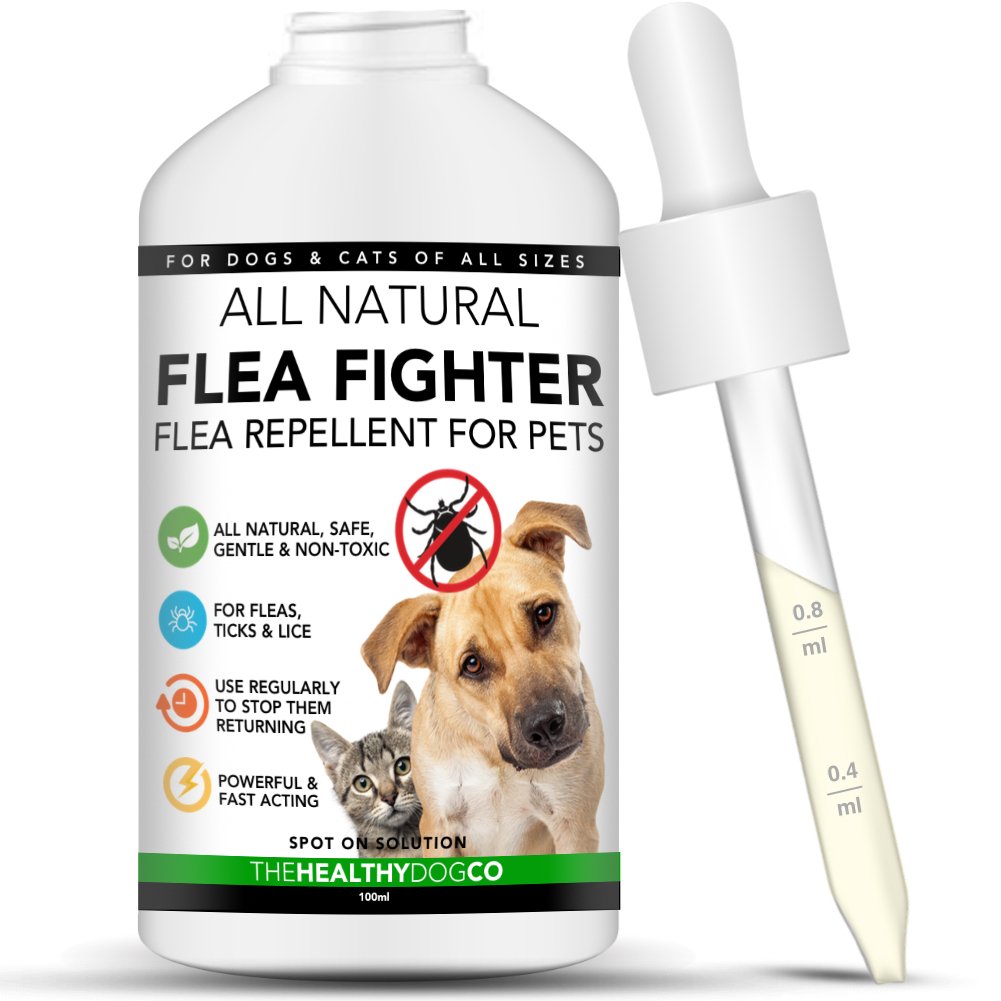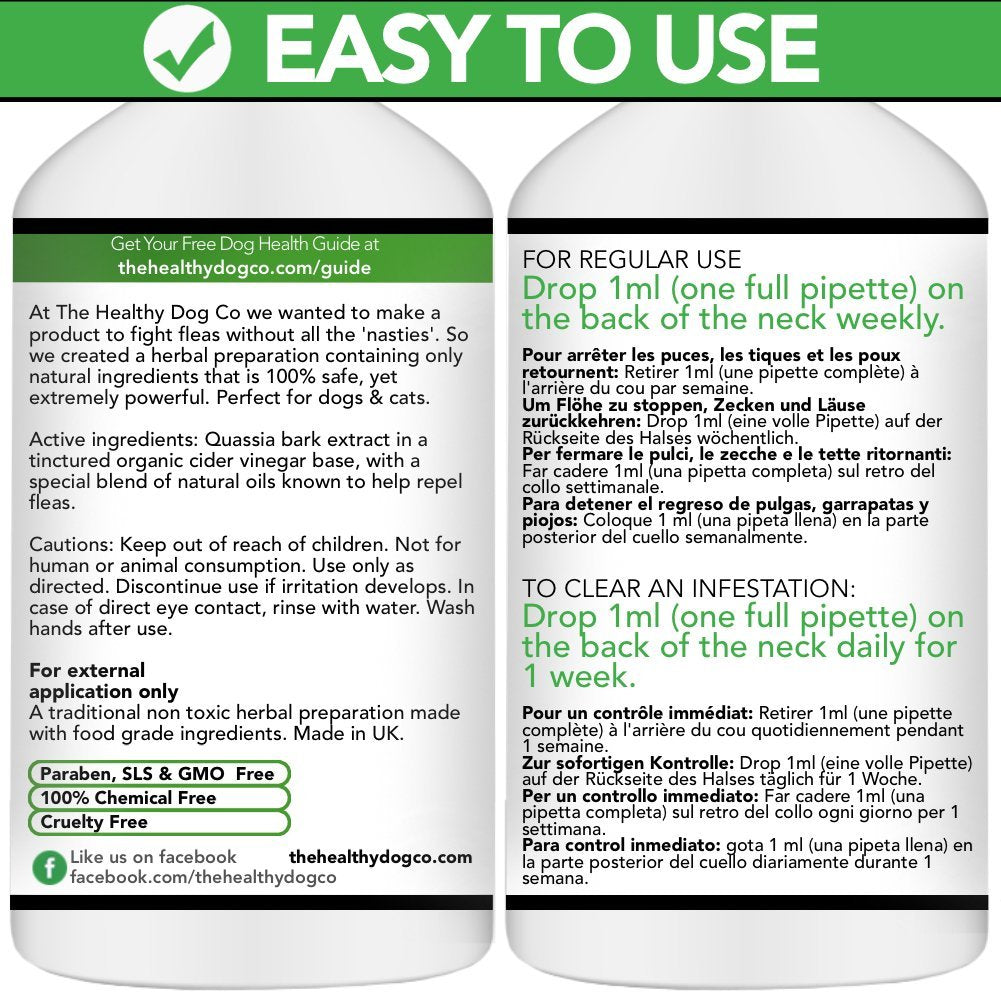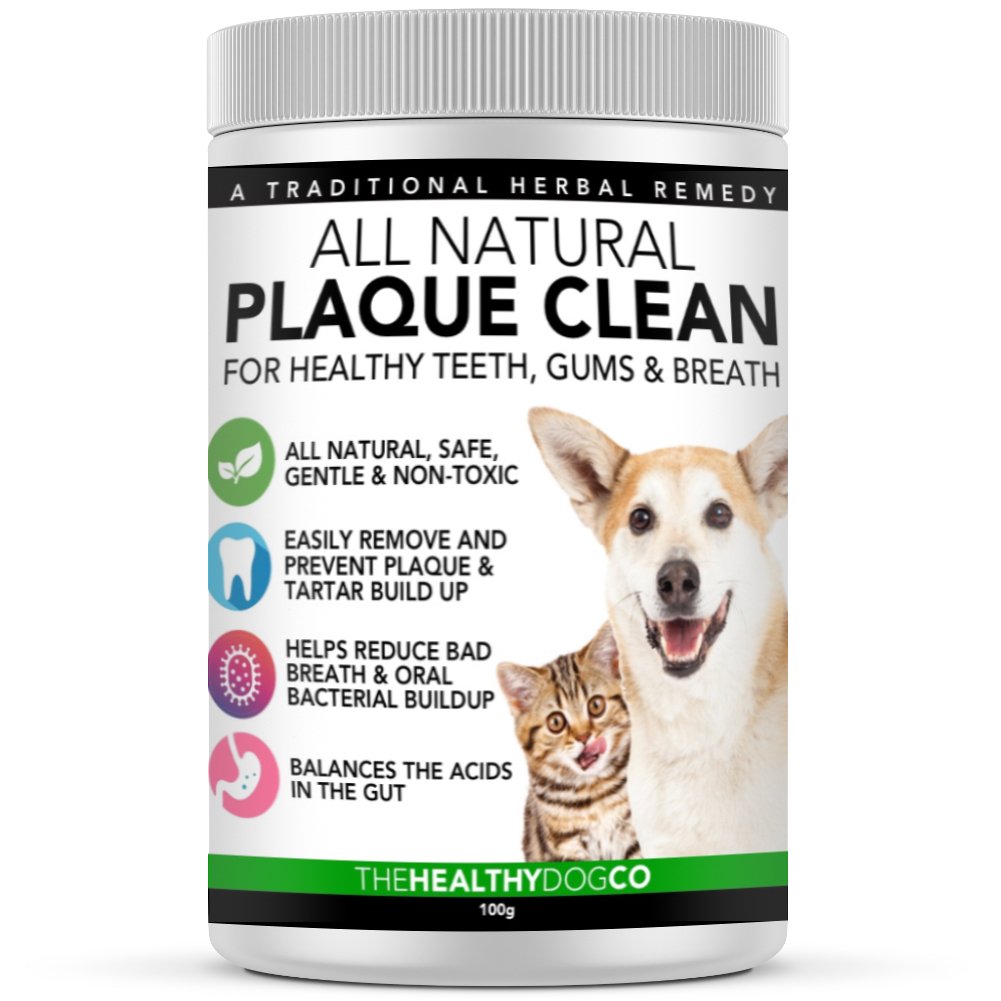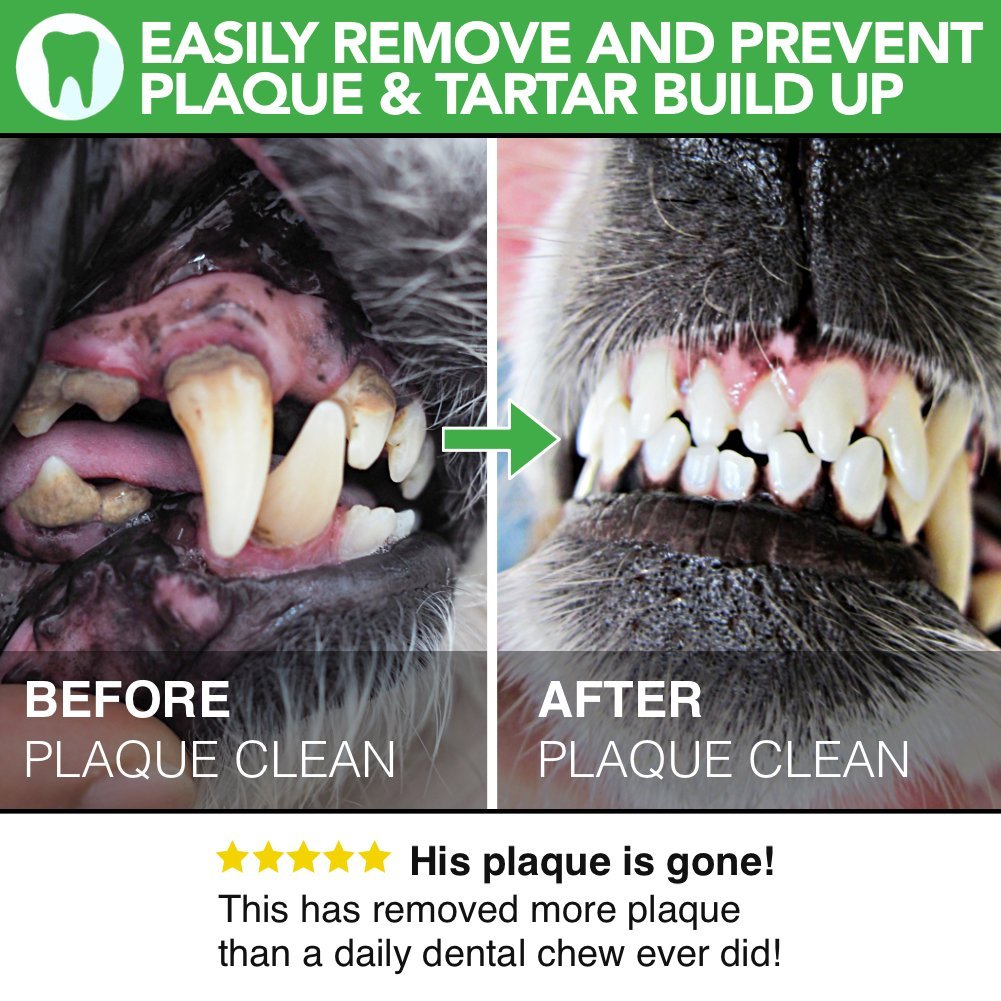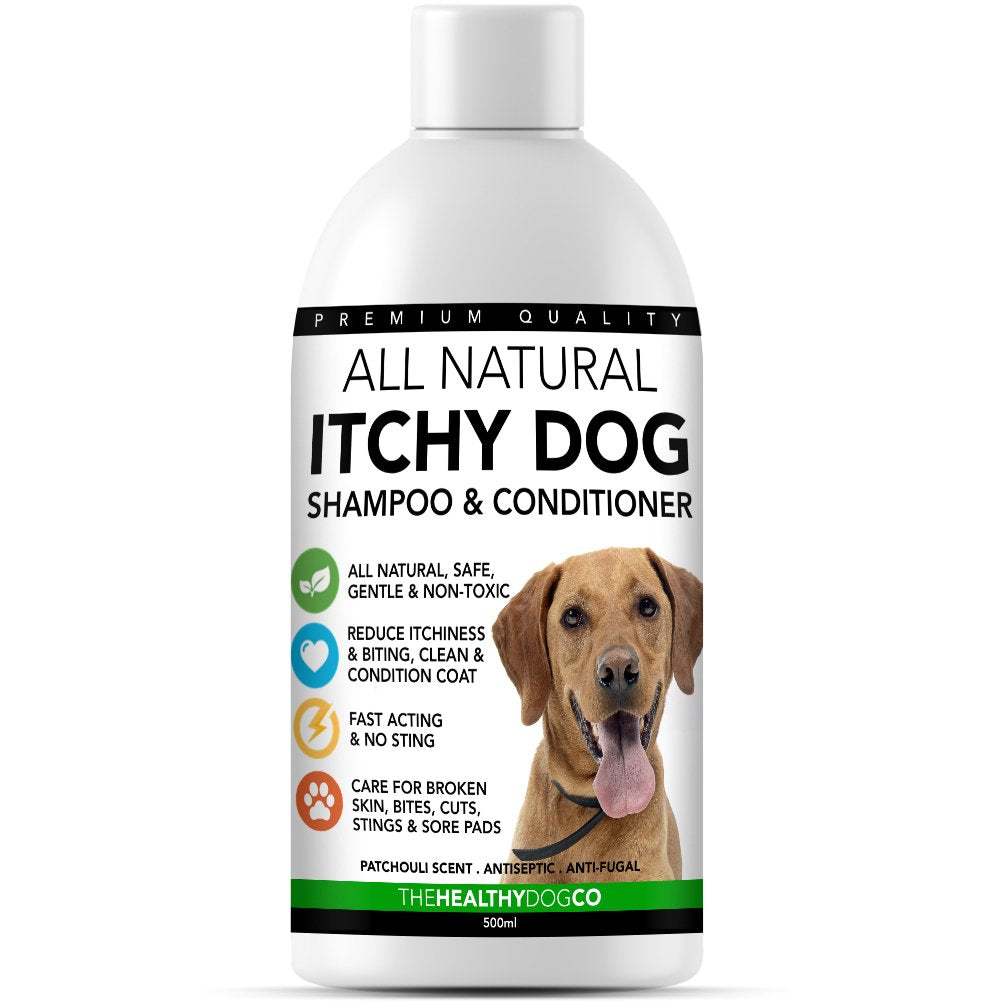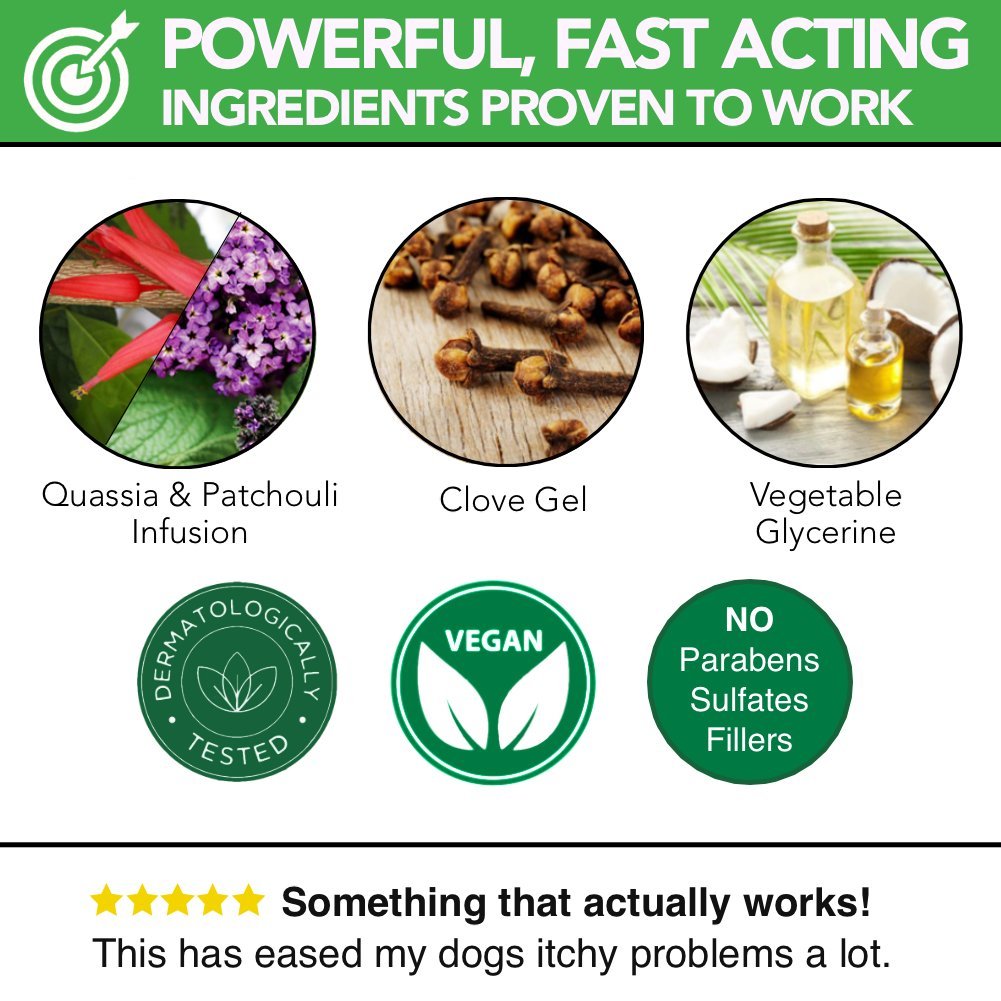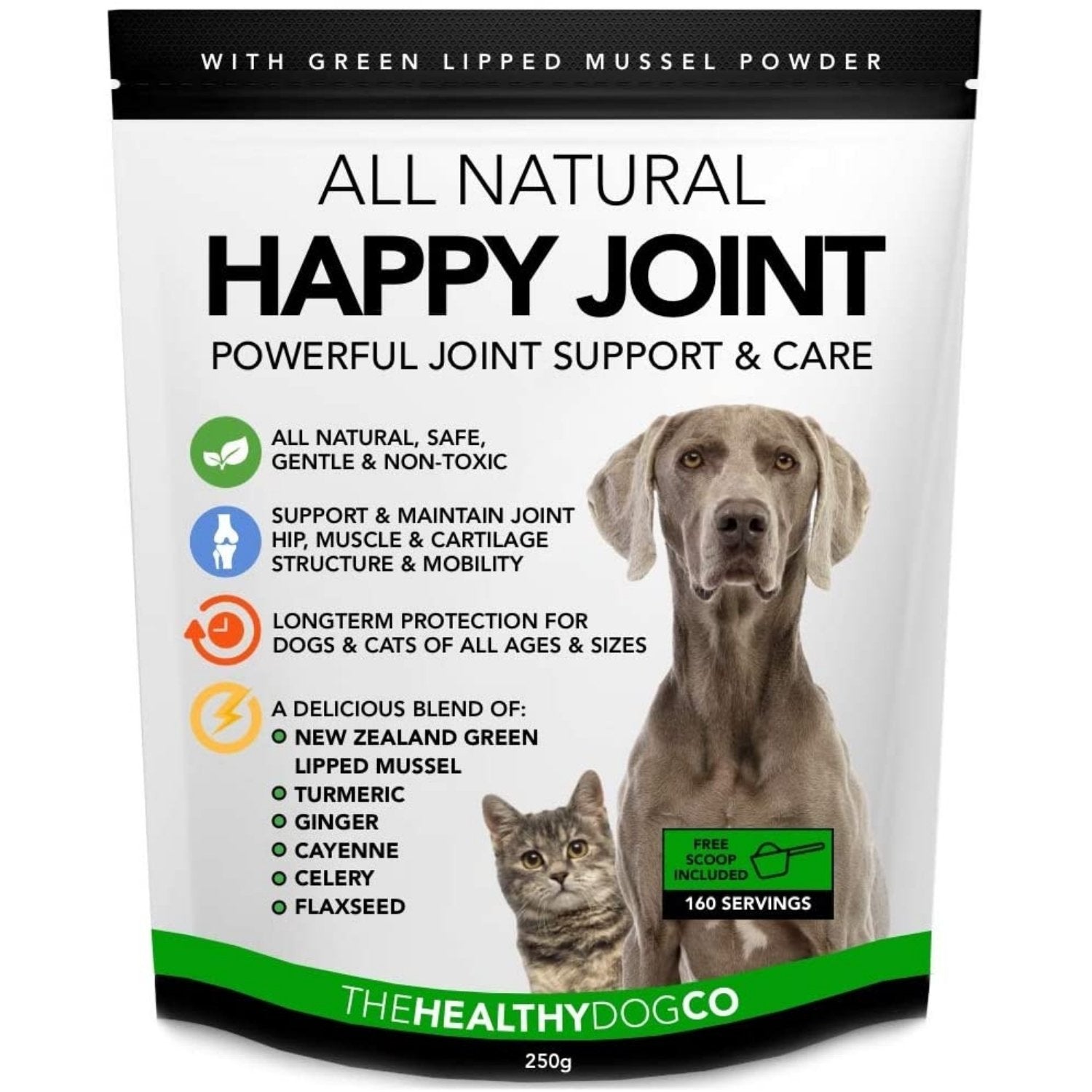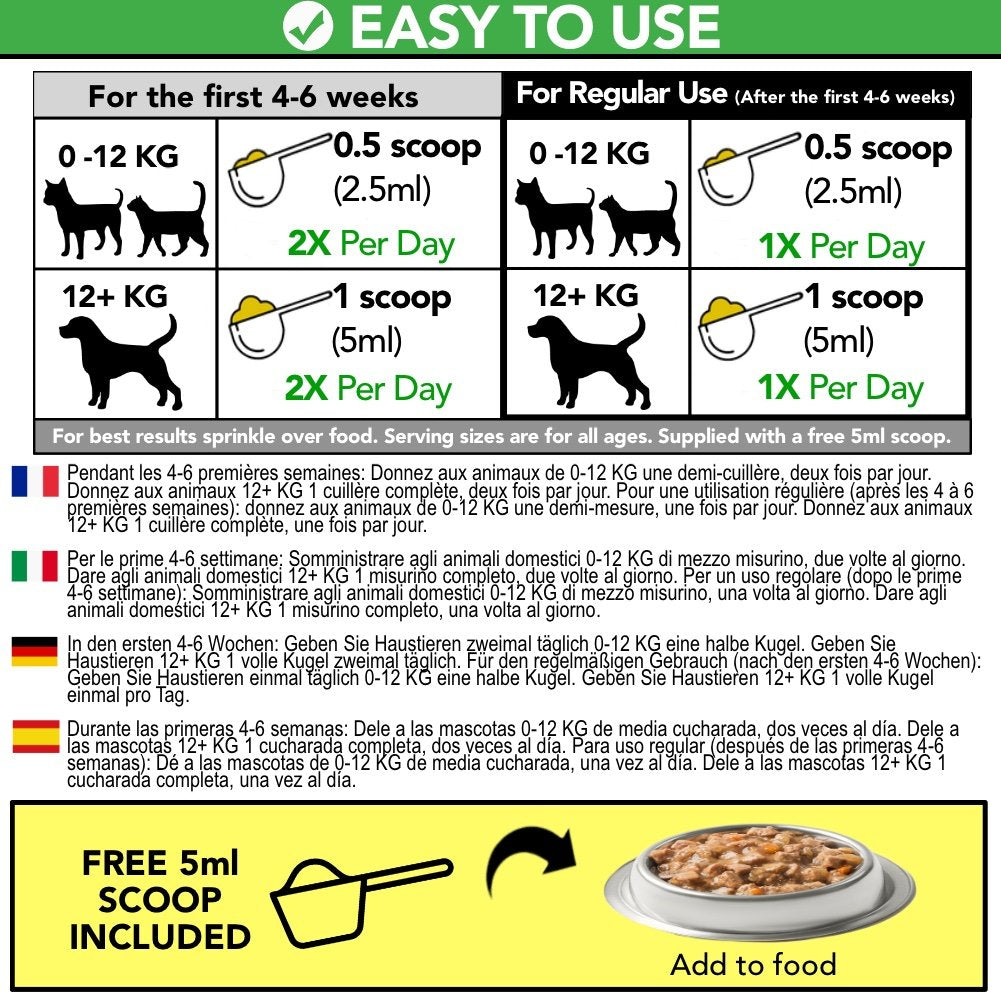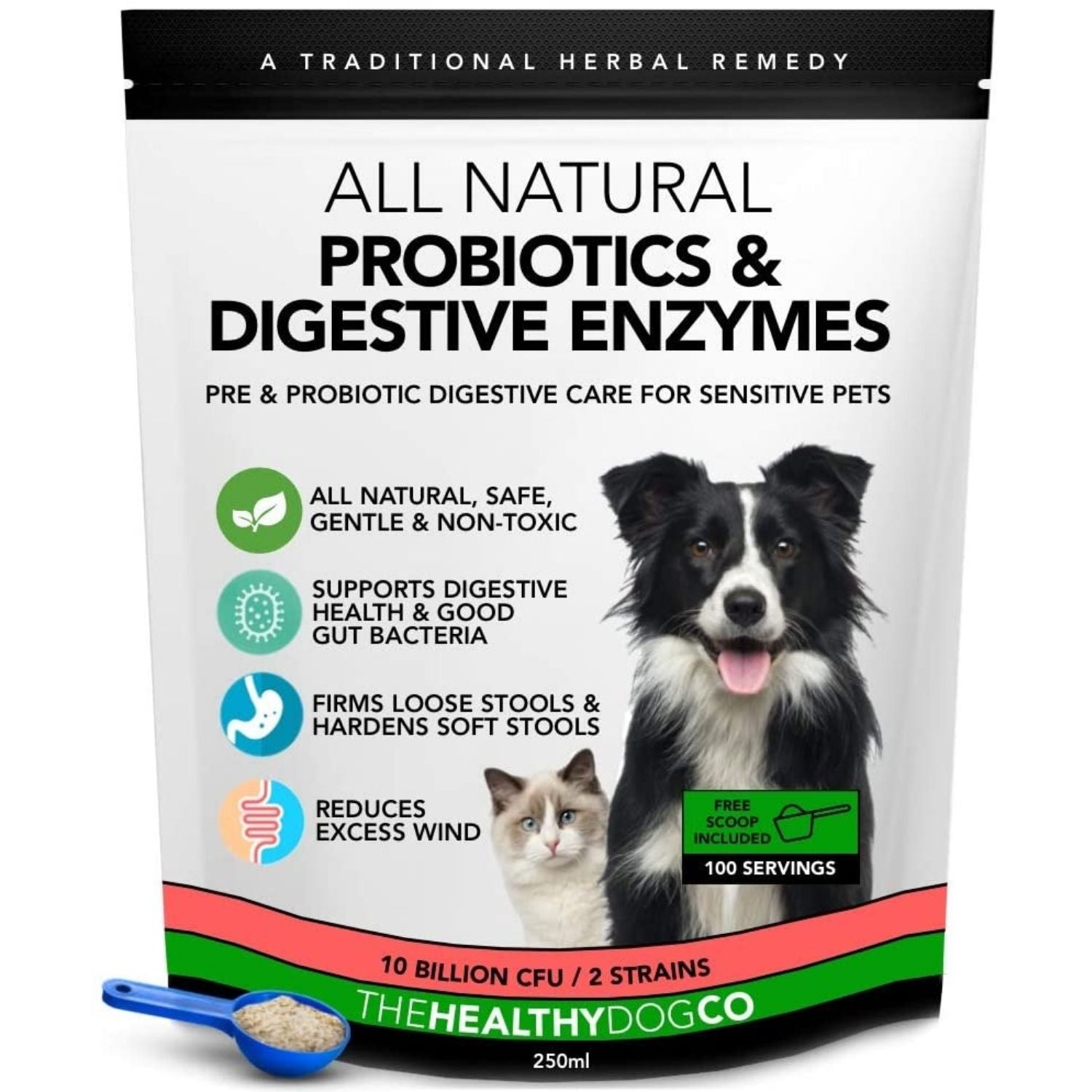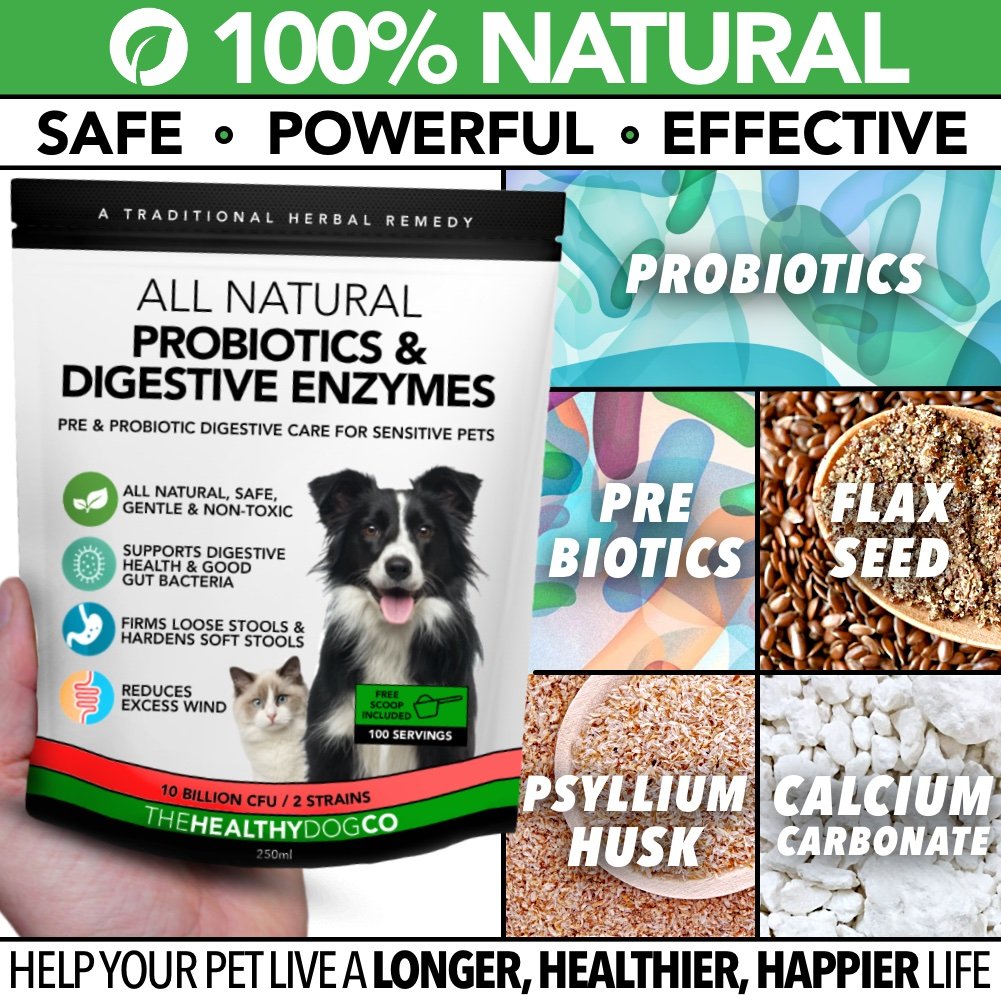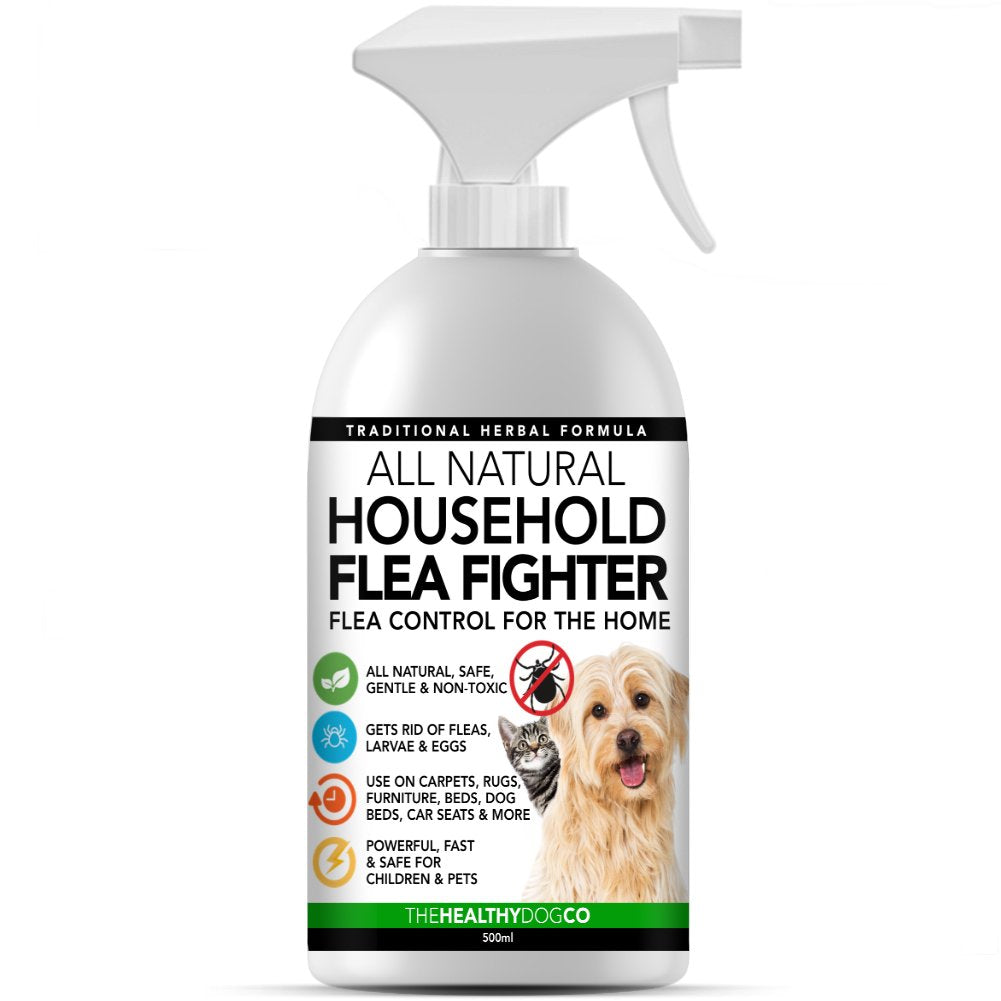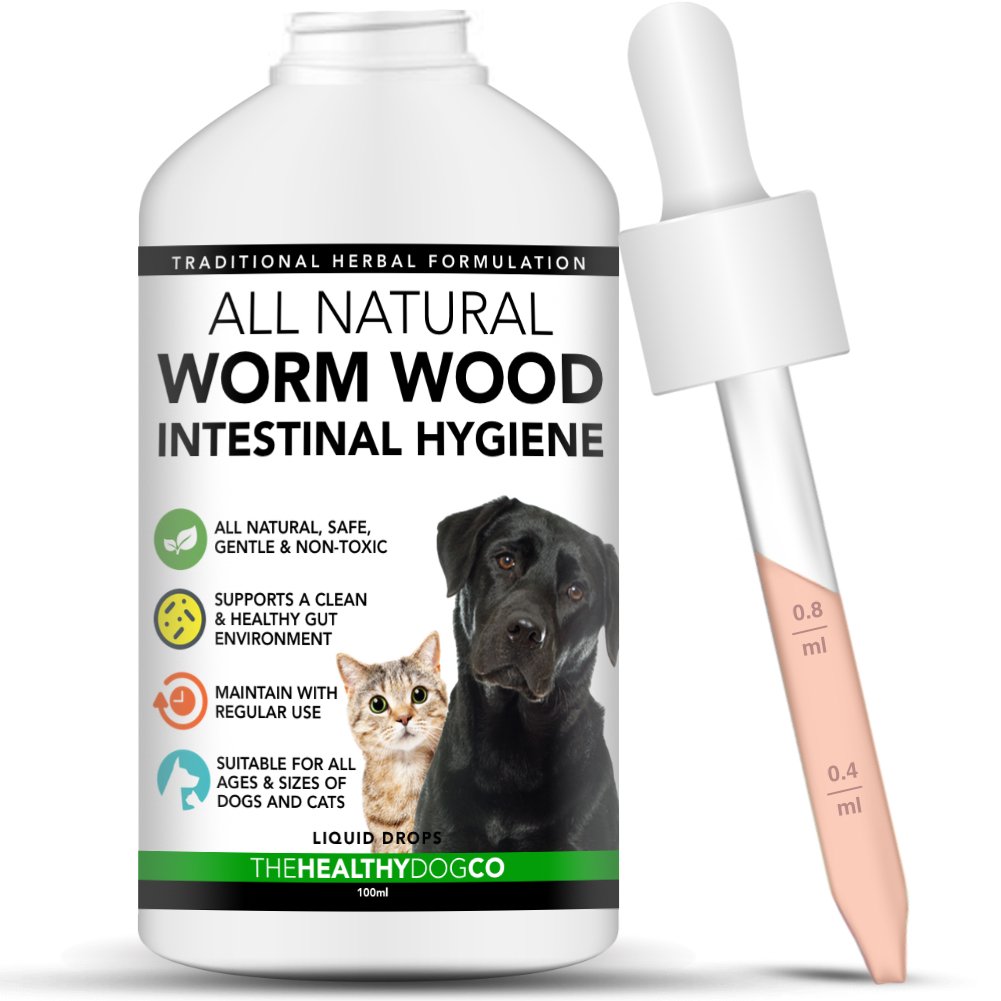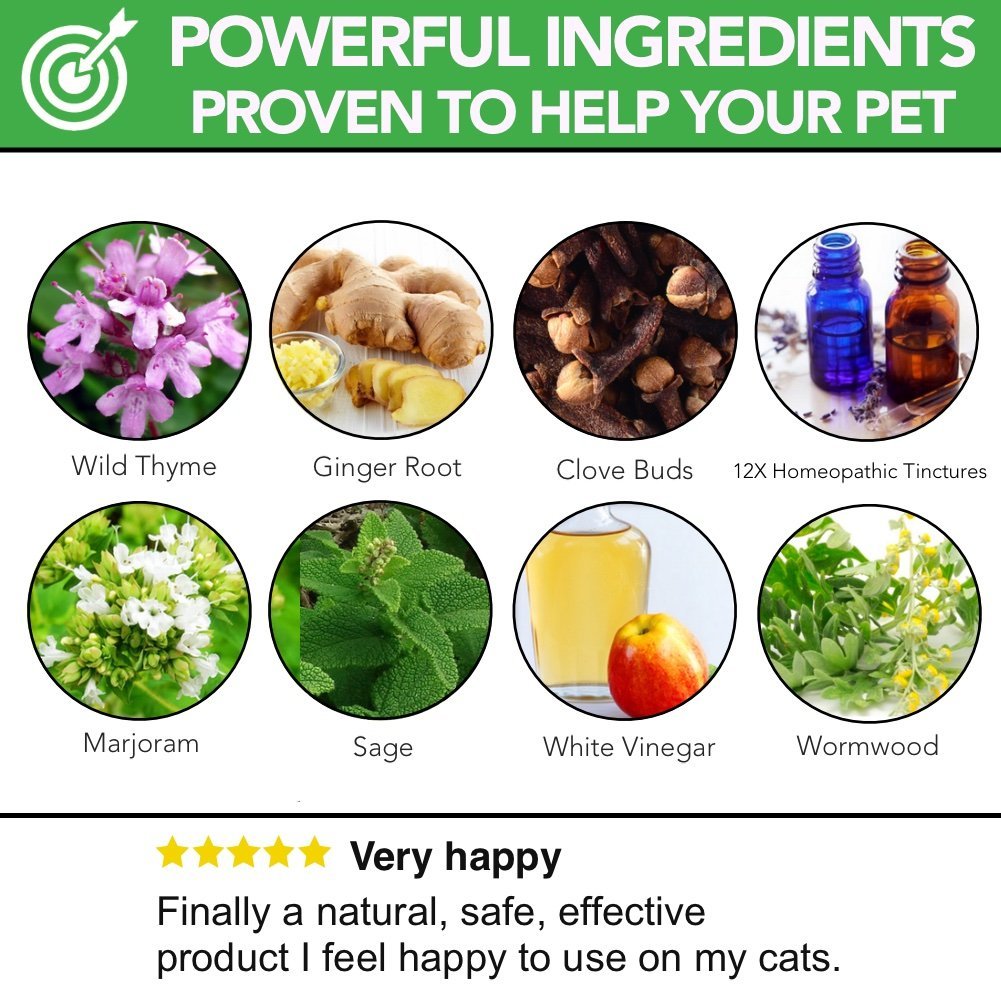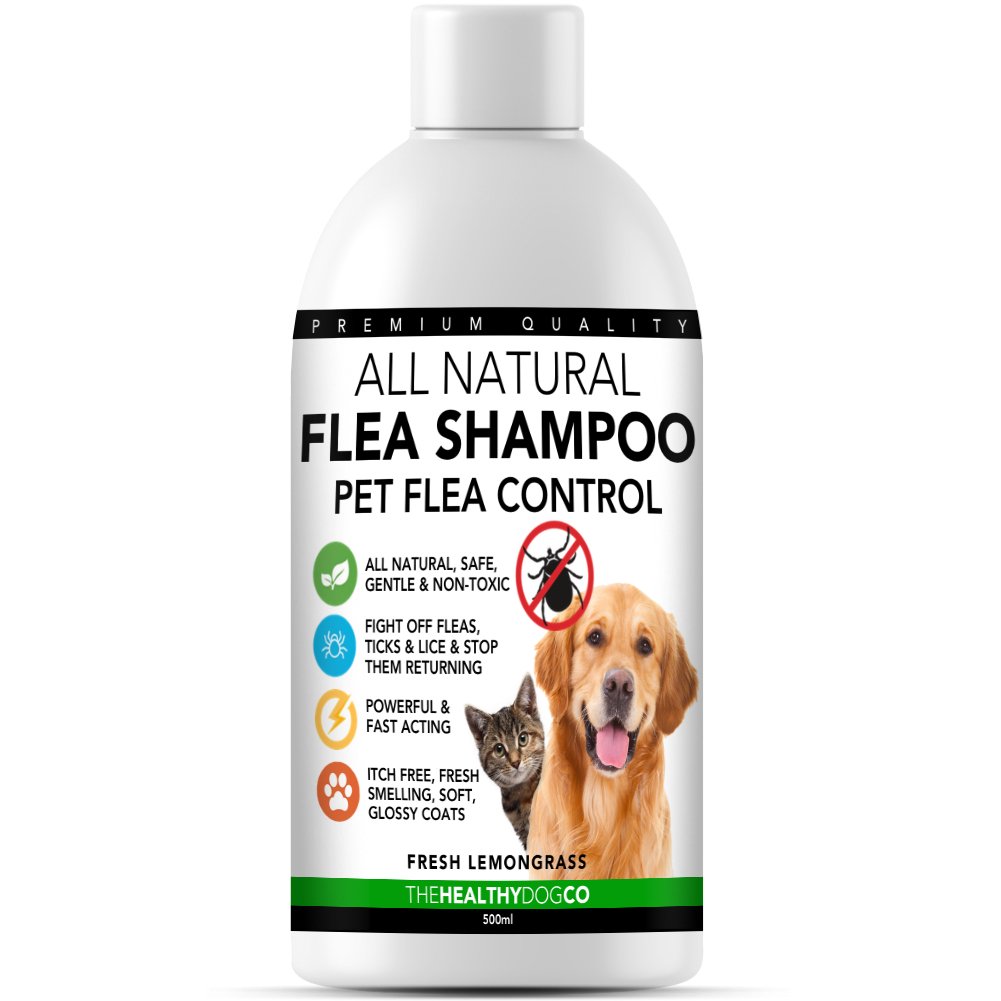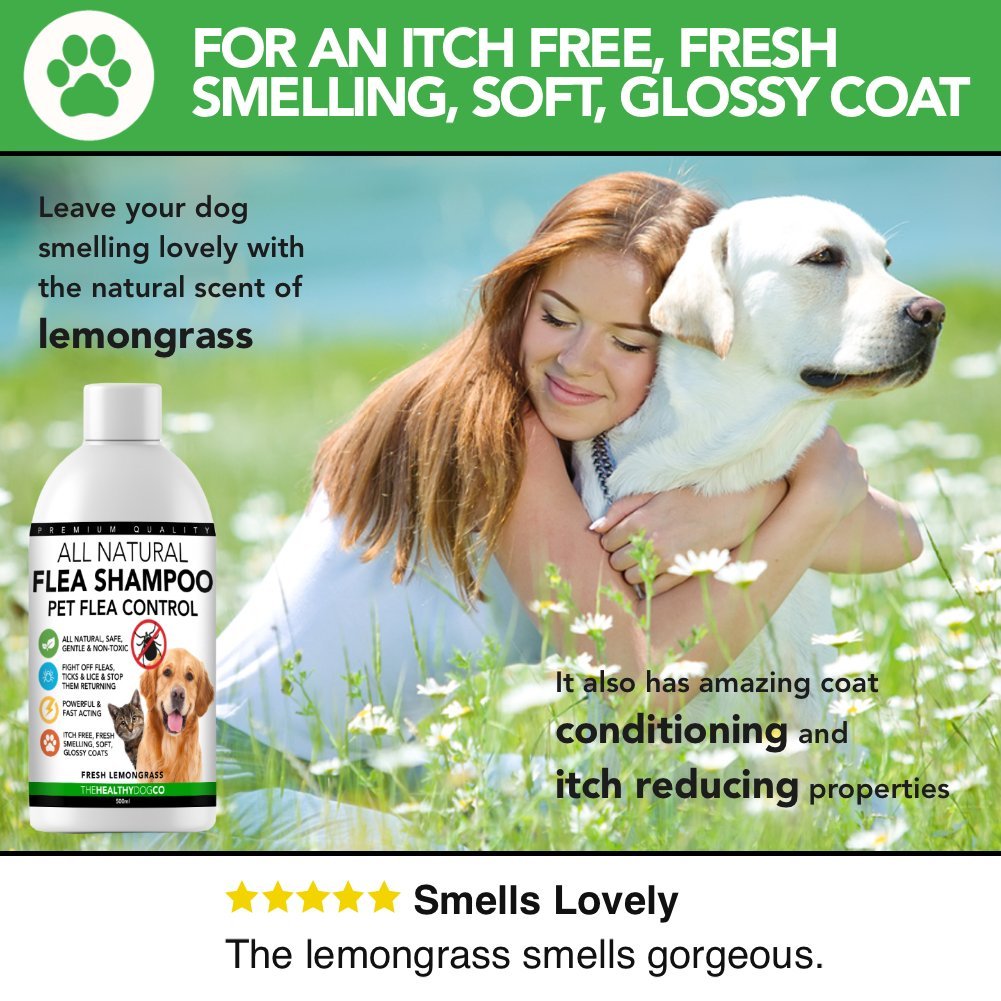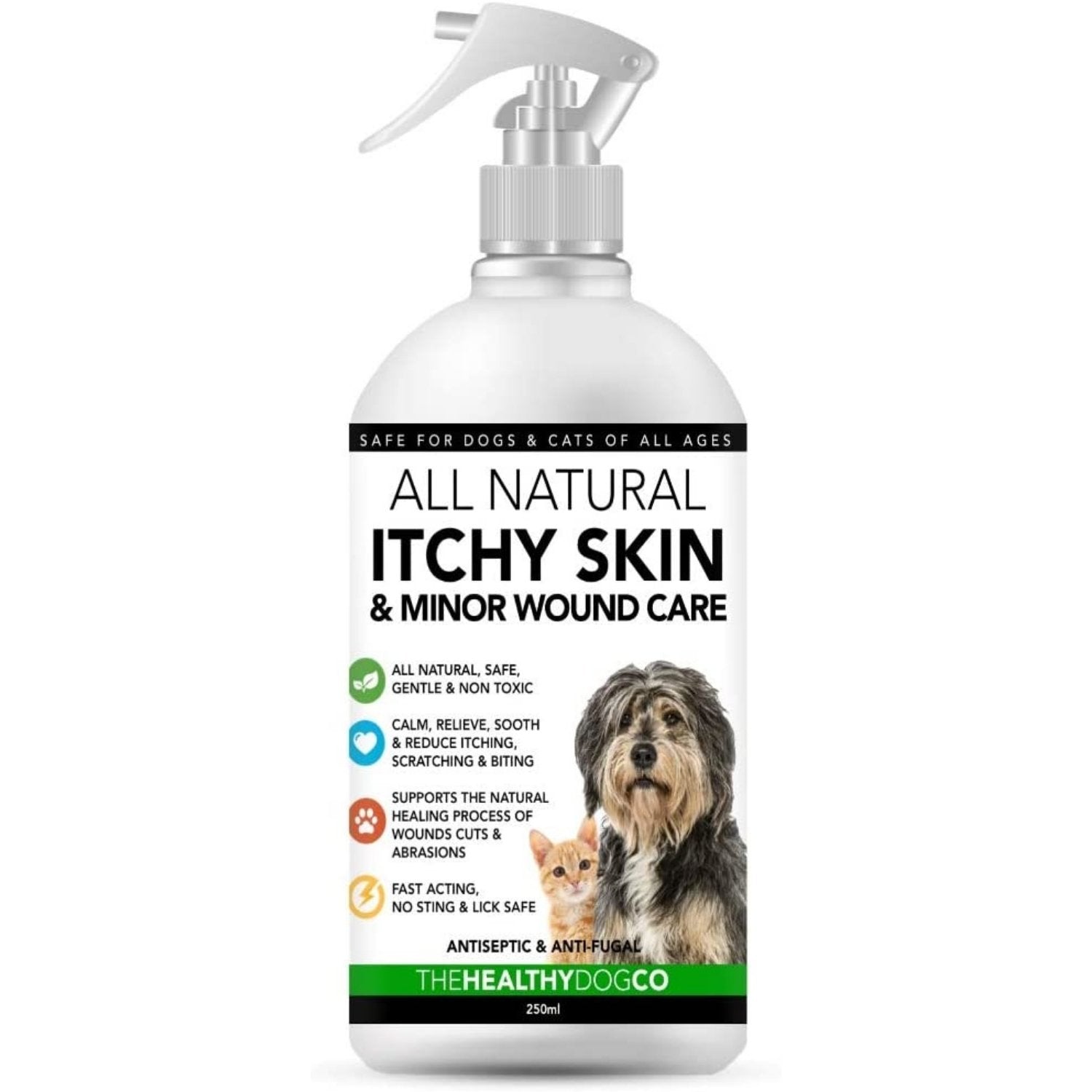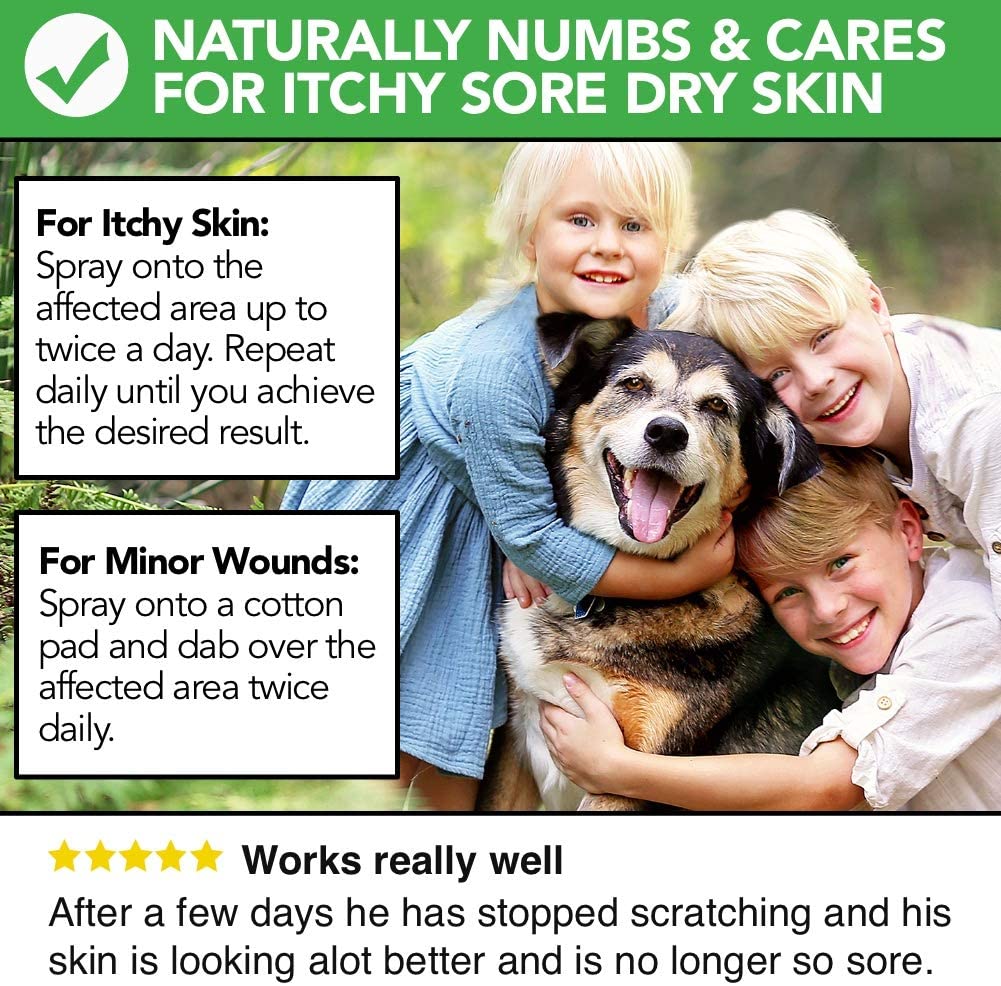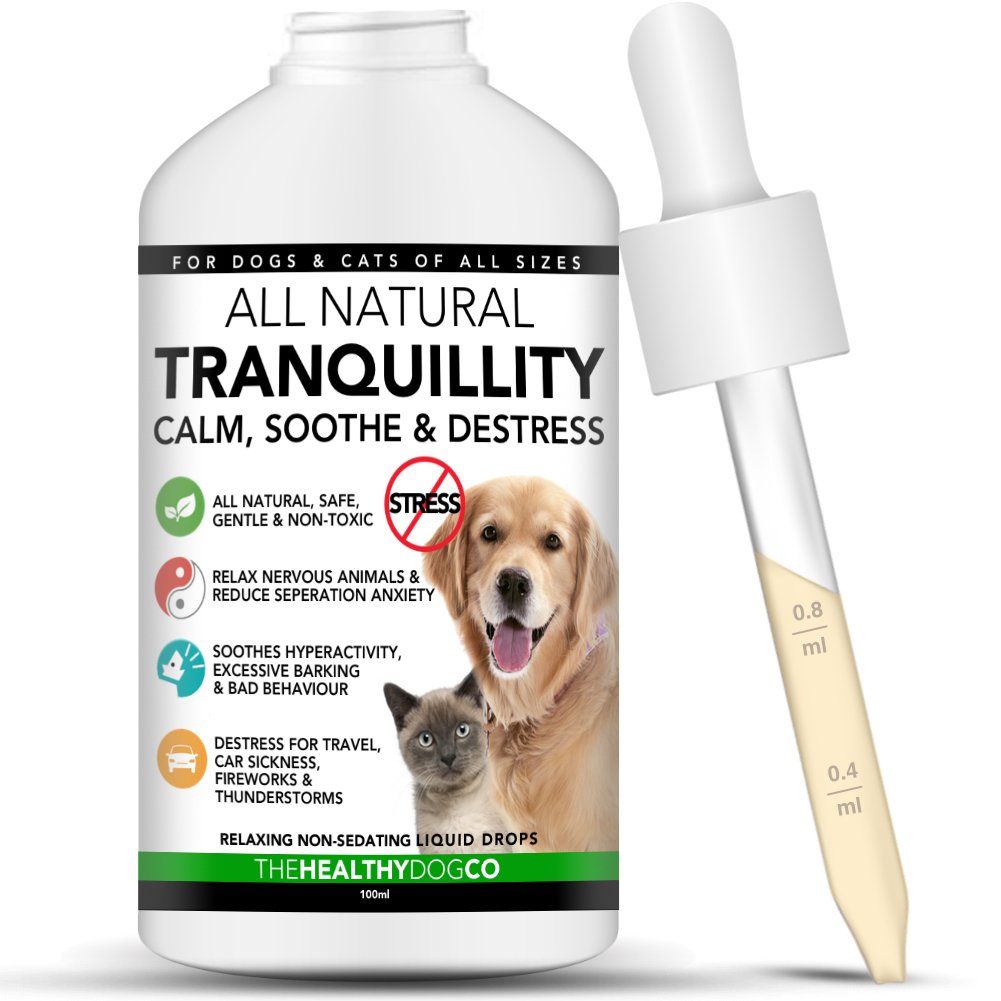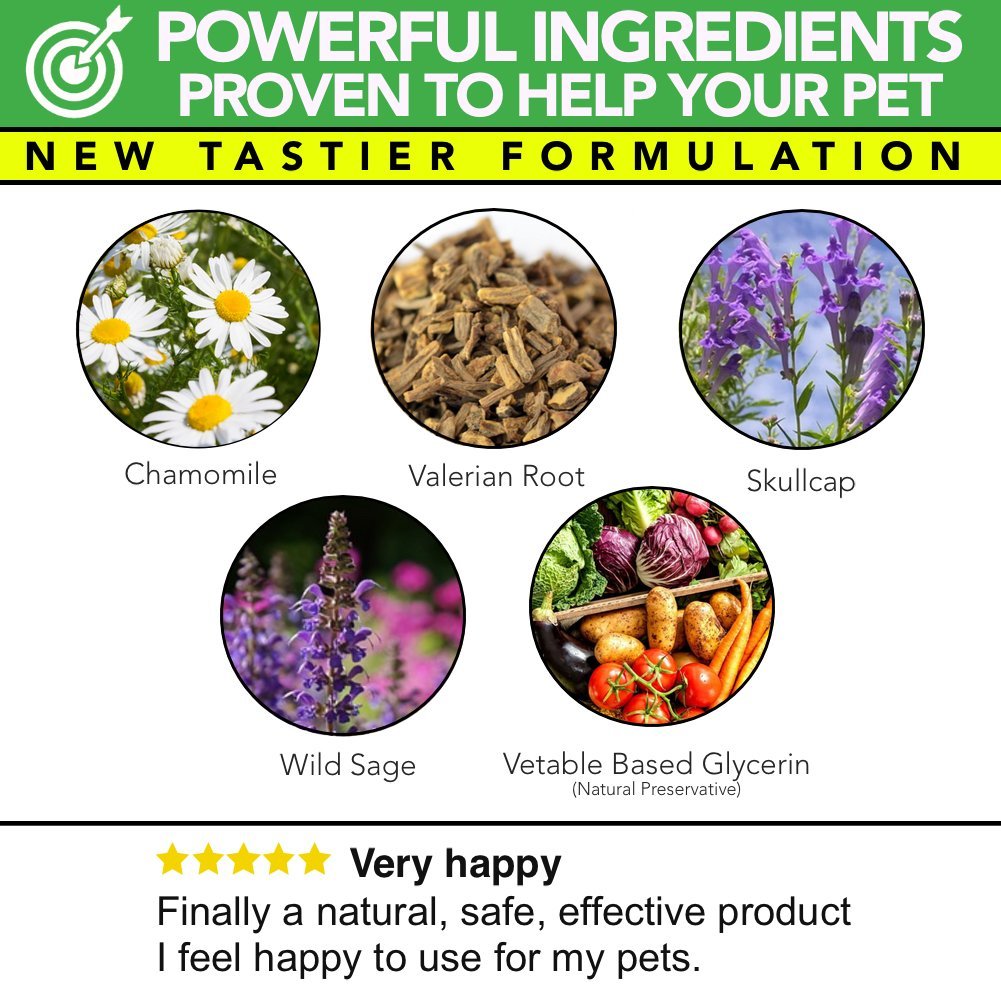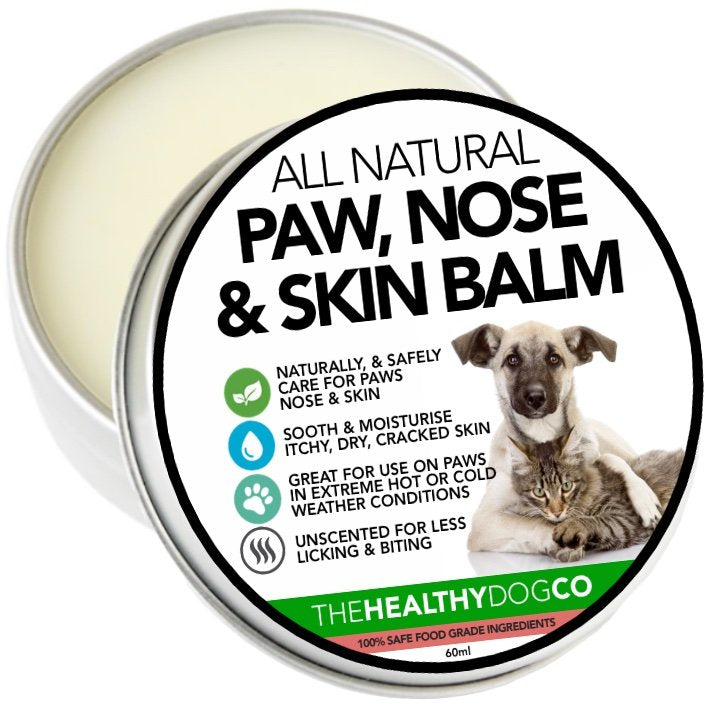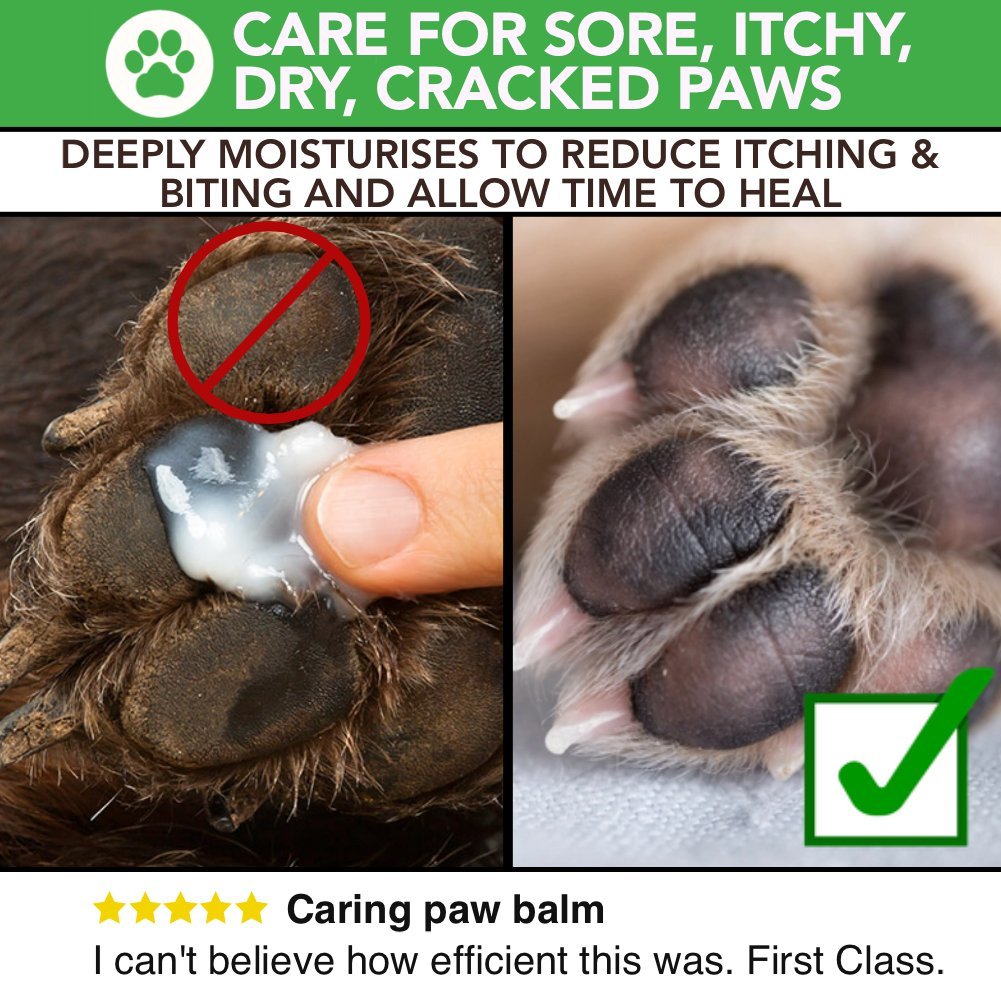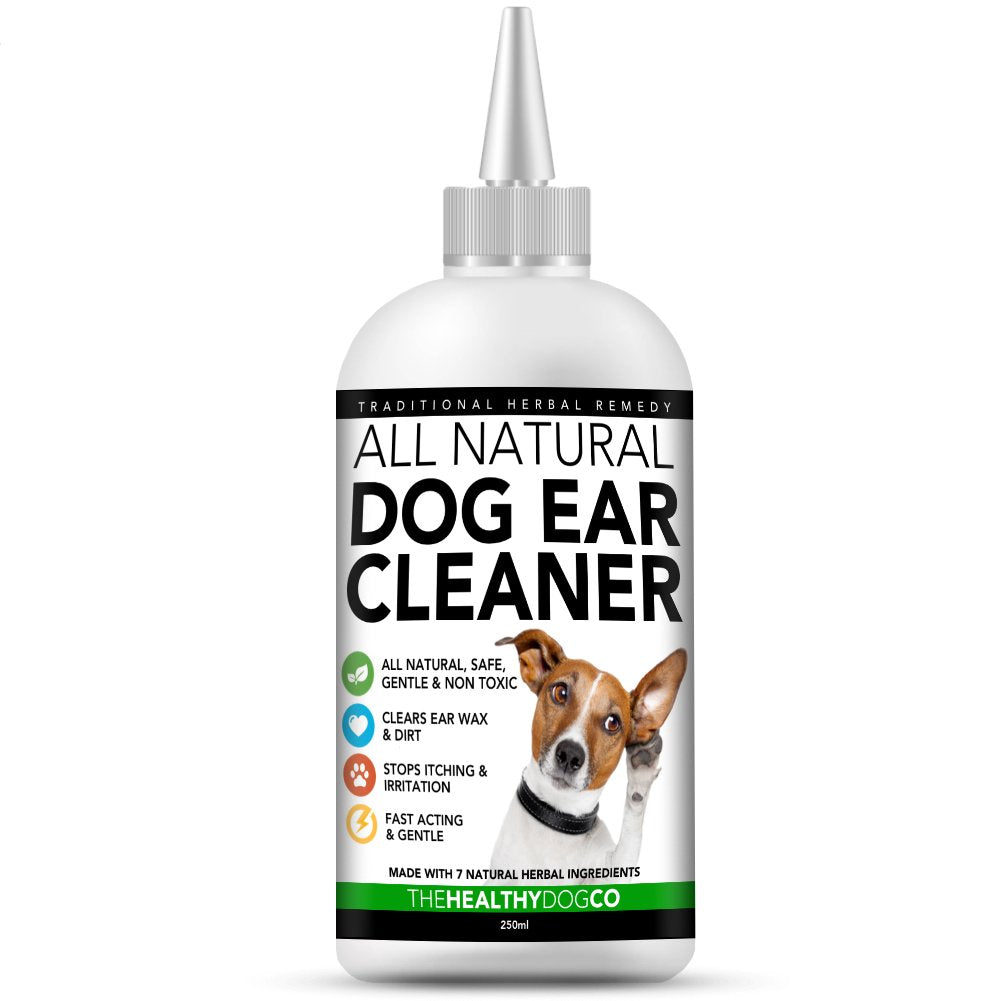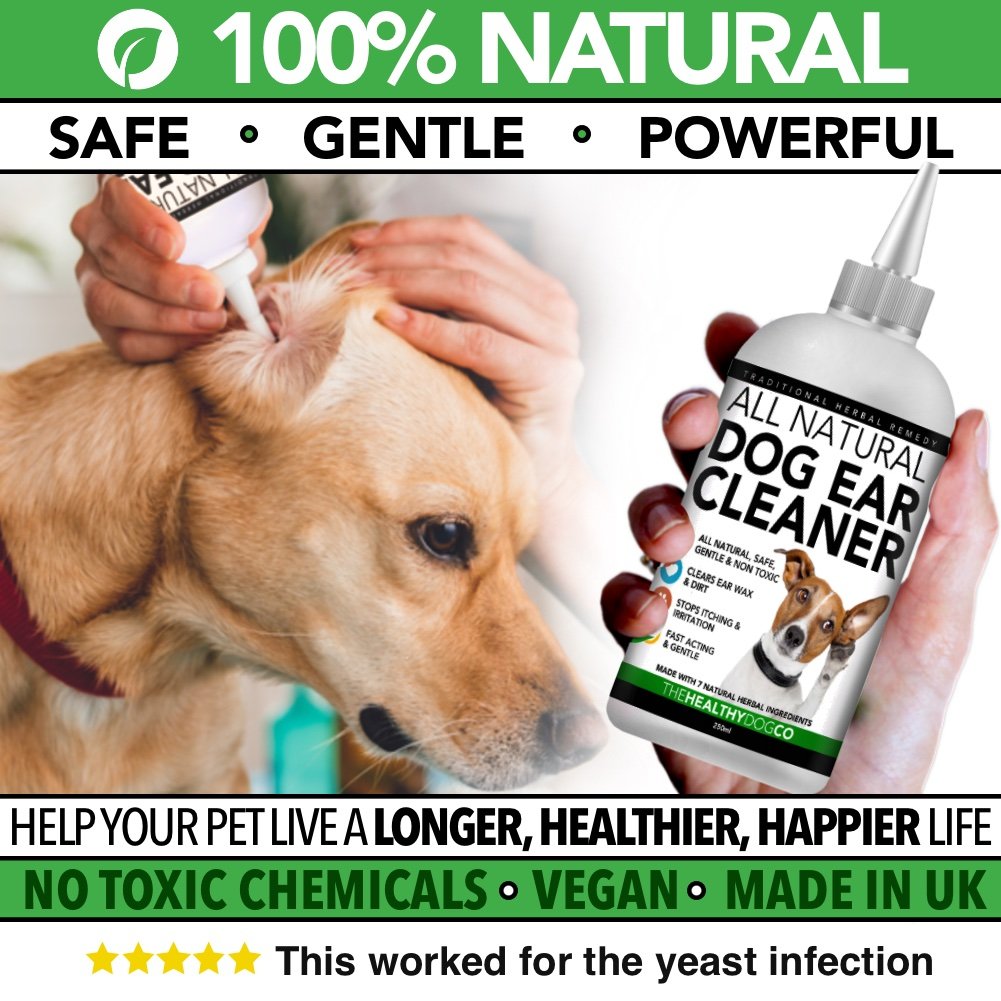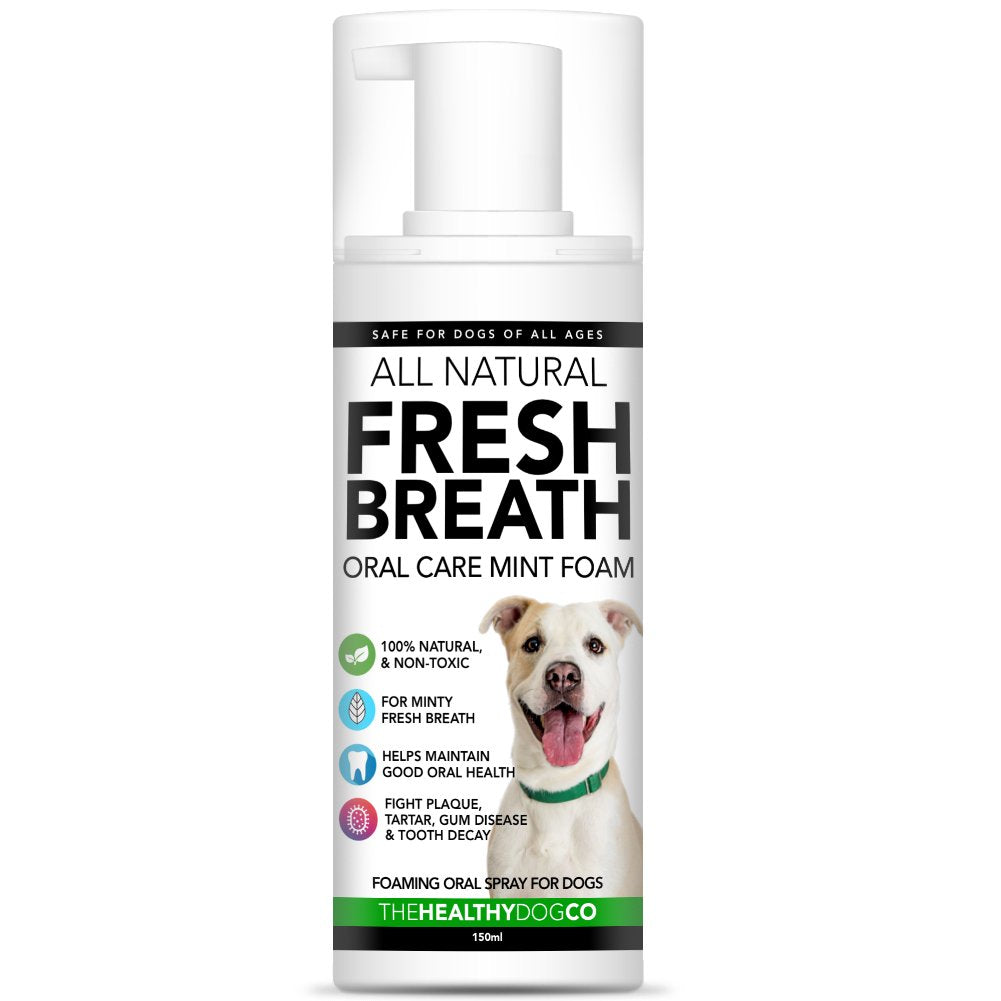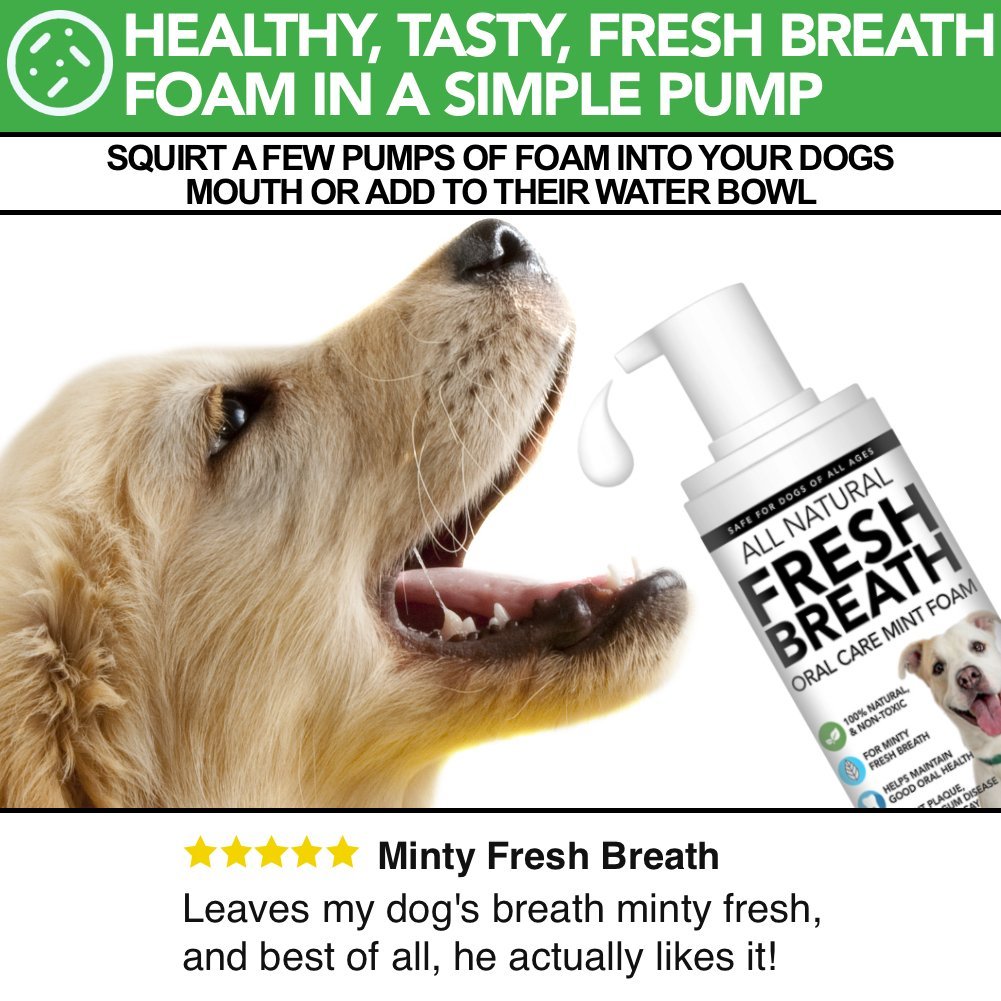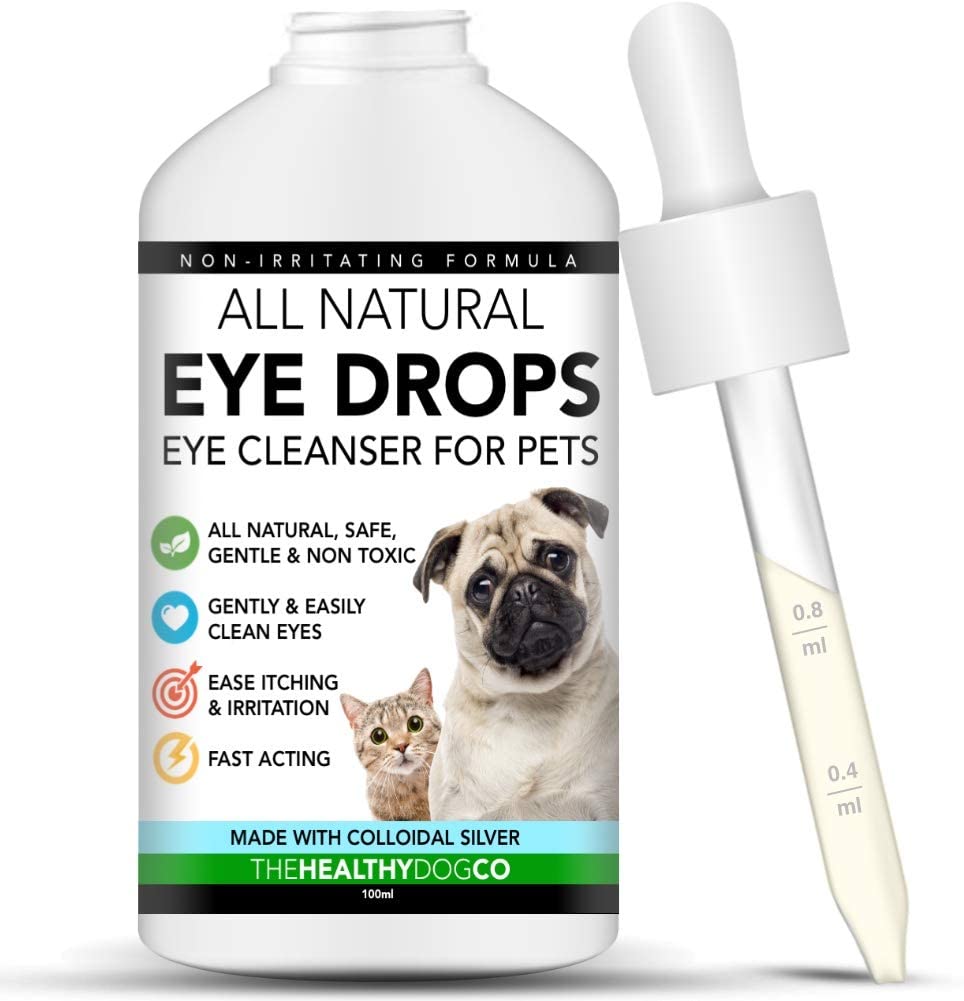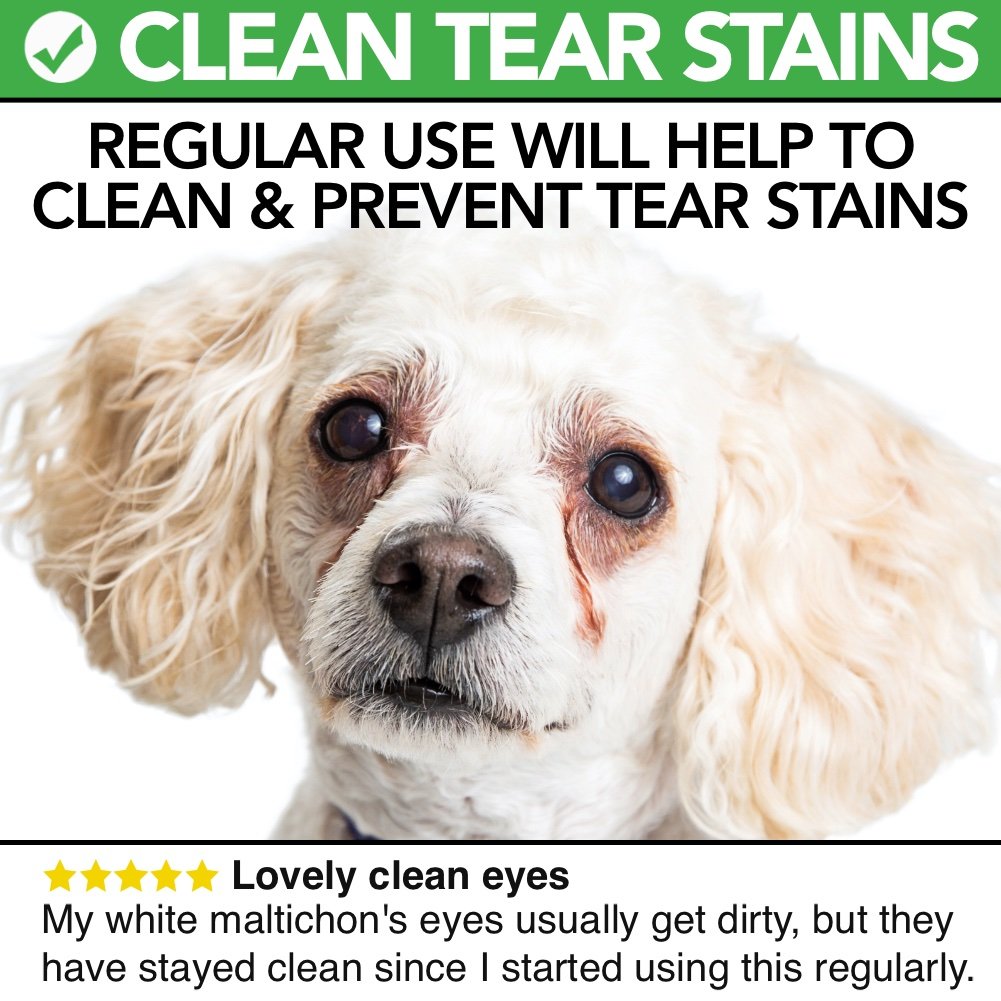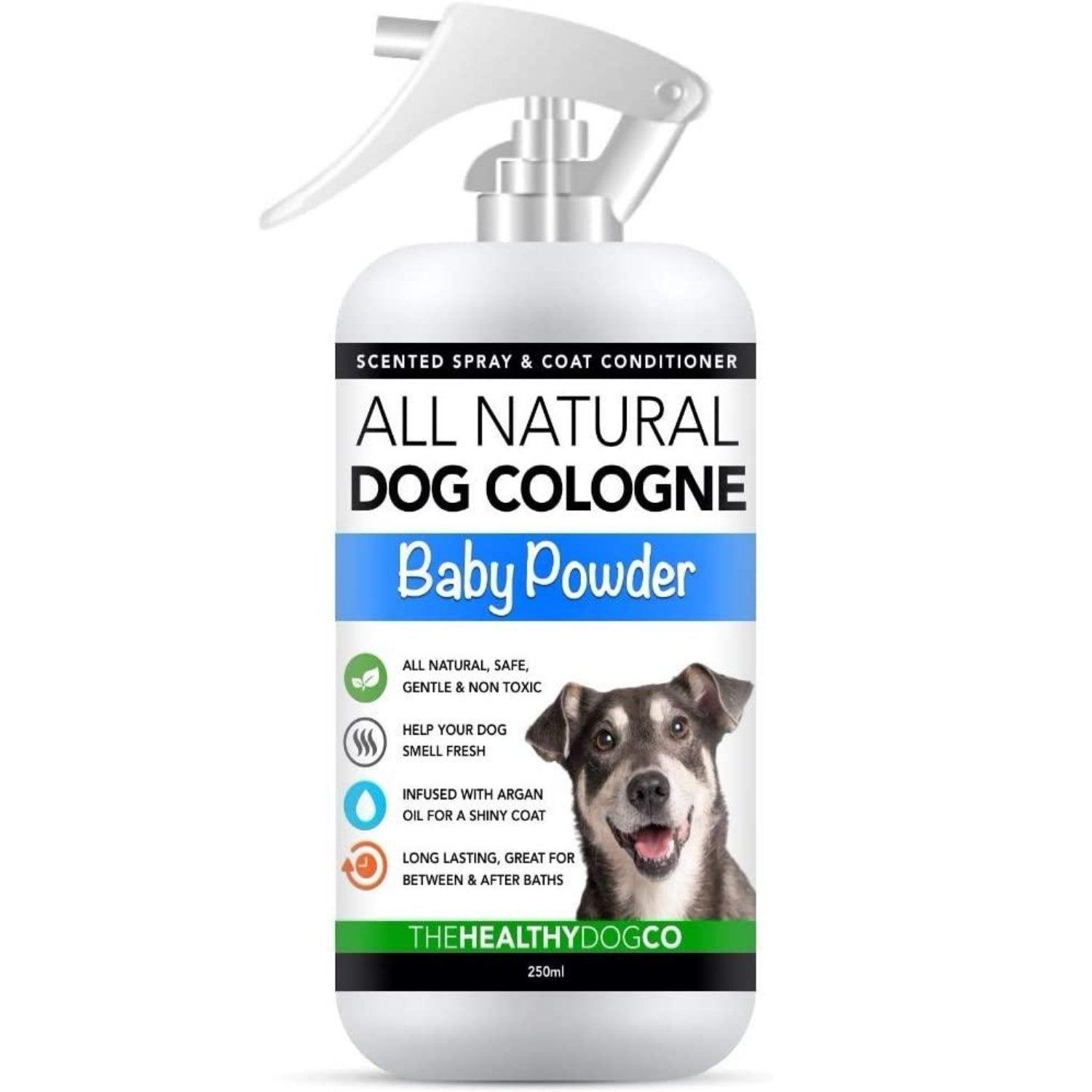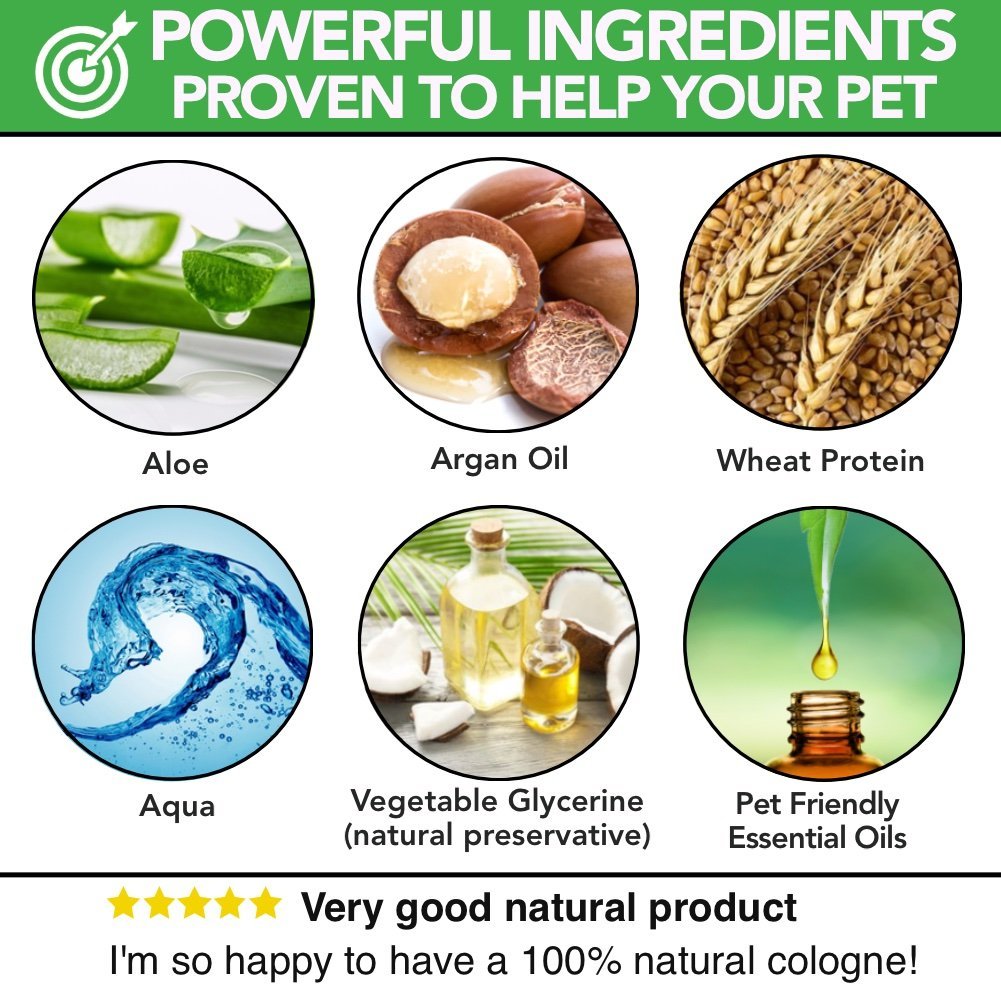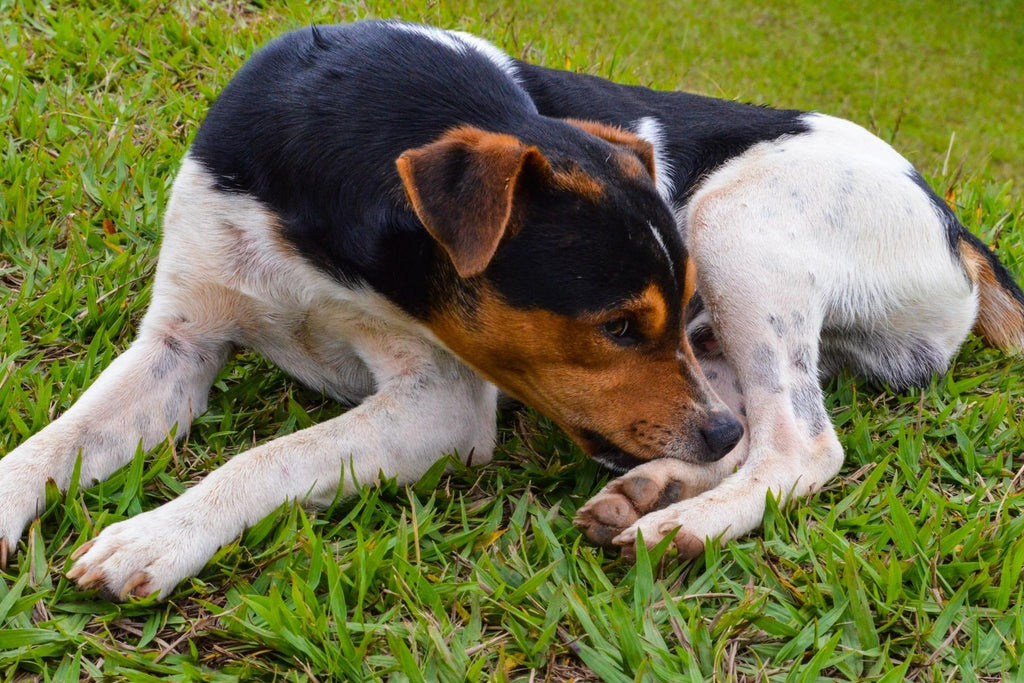
8 Reasons Why Dogs Keeps Licking, Chewing and Biting Their Paws

I know how troubling it is when your dog constantly chews their paws. You might wonder why they'd deliberately do something that could harm them. Actually, such behaviour is a self-soothing response, a way of coping with distress. In particular, pups may lick their paws when they can't reach the spot that's bothering them.
Hence, the problem may not be their paws at all!
There are many possible answers to the question, "Why is my dog licking, chewing, and biting its paws?" In this article, I cover eight common causes. I aim to help you determine the one that likely applies to your pup.
For each trigger, I explain how to handle the issue. So, rather than feeling helpless, you'll be empowered. Above all, your dog will be that much closer to genuine relief!
Paw Chewing and Licking Hazards
First, I'd like to emphasize why habitual paw nibbling needs prompt attention. Your dog can develop a wound, at risk for bacterial or fungal infection. Left untreated, the sore can enlarge or deepen, forming an ulcer.
As mentioned, paw licking can signal a health problem elsewhere in your dog's body. So, when examining your pup, check them thoroughly. Working systematically, start at their head, including the inner and outer ears. When assessing other body areas, stroke their fur in the opposite direction of hair growth. You may discover some critters!
Does your pup's skin have a pink or rusty hue? If so, that's proof of continual fur licking. The colour comes from certain pigments in dog saliva. A foul paw odour may flag an infection.
If you see something unusual, jot down your finding. In certain cases of paw licking, your dog may require veterinary care. Here are eight possible reasons for your pup's discomfort.
1. Injured Paws
Causes
Examine your dog's paw pads and between their toes for any foreign objects. Examples are a thorn, glass shard, or splinter. Also note any swelling, redness, a cut, or puncture wound.
Dry or cracked pads can result from walking on extremely hot or cold pavement. During winter walks, dogs with very hairy toes may collect ice balls between them. The sharp ice crystals can puncture their skin, causing cracking and bleeding.
Does your dog have callused paws? If so, it's essential to protect them. If a callus cracks, the tissue is vulnerable to infection.
Treatments
Some foreign objects you can safely remove, using proper technique. Examples are a thorn, splinter, or embedded tick. However, if the object is stuck in your dog's ankle or another joint, have your vet remove it. Otherwise, your attempts could injure the joint capsule.
If the object is a glass shard, rush your dog to the vet for an x-ray and professional care. Also, obtain veterinary treatment for a wound containing a foreign object. This article details how to address all these situations.
Extracting a tick properly requires skill. If you've never done this before, follow these steps. Thereafter, to keep ticks away from your dog, use a repellent. Our natural treatments control both ticks and fleas.
To treat dry, cracked, or callused paws, apply a healing ointment, such as this soothing paw balm. It's also a protective barrier, shielding your dog's feet from extreme heat and cold. Don't worry if your pup licks it, as the natural ingredients are harmless. For extra paw protection, dress your dog in booties before they go outdoors.
2. Fleabites
Fleas are wingless, copper-coloured, blood-feeding insects, the size of a pinhead. Although tiny, their bites can torment dogs. While petting your pup, you may notice fleas scurrying across their skin. A single flea bite is enough to create a "hot spot."
This term refers to an infected skin wound. The sore is red, warm, and painful, possibly oozing pus. Hot spots often occur during summer, provoking nagging itching. This can drive a dog to lick and bite their fur repeatedly. The medical term for a hot spot is "acute moist dermatitis."
Moreover, some dogs are allergic to fleabites, reacting to flea saliva. A dog can acquire a fleabite allergy at any age. Symptoms include hot spots, scabbing, and fur loss.
Treatments
Spotting Fleas
To confirm your dog has fleas, groom them with a flea comb. Along with the jumpers, you may see tiny black flakes on your dog's skin. The specks are flea waste, also called "flea dirt."
Killing an Infestation
Eradicating fleas entails three phases of treatment and prevention. Since the insects have four life stages, it can take three to four months to kill an infestation.
Start by treating your dog's fur with this effective, non-toxic flea repellent. Initially, apply it daily for a week. Then, to ward off re-infestation, use it once weekly. If you have other household pets, treat them with this product as well.
Next, rid your home of fleas with a thorough cleaning. Using hot water and soap, wash your dog's bedding. Also, vacuum all your floors and upholstered furniture. When done, be sure to discard the vacuum bag.
Then, spray your pup's bed, rugs, and carpets with this safe household repellent. Repeat this cleaning process once weekly.
Fleabite Allergy Care
If your dog is allergic to fleas, clean their bedding and your home, as described above. Then, for added protection, I recommend using this fragrant, non-toxic flea shampoo.
If your dog has hot spots, bring them to your vet for professional treatment.
3. Bodily Pain
A good-natured dog may be adept at ignoring the pain. However, paw chewing, biting, and licking can belie their pain tolerance.
First, check for a paw wound or foreign object stuck in a paw or elsewhere. If you don't find any, note whether your pup is licking their front or hind feet. The sites of self-doctoring are clues to where they hurt. Also, observe if they're favouring one leg or moving slower than normal.
Front paw chewing can signal neck discomfort, a shoulder injury, or elbow joint malformation, medically termed "elbow dysplasia." Hind paw licking can indicate pain in the back, hip, or knee. When limping accompany foot chewing, a dog could have a muscle strain, fracture, or another serious injury.
Management
When you can't trace the source of pain, bring your pup to the vet for a work-up and diagnosis. Orthopaedic problems may respond to physical therapy, supplements, and hydrotherapy.
If the pain is joint-related, consider giving your pup this fast-acting joint supplement.
4. Anxiety
If your vet can't determine the reason for paw licking, the trigger could be stress. Animal behaviourists report that when a dog licks their paws, the activity lowers their stress hormones. This soothing effect might be traced to their puppyhood when they received loving licks from Mom.
So, reflect on your lifestyle and home environment. Has there been a recent change? Examples are a new pet, baby, different routine, strange noises, or the death of a family member. If you're spending more time away from home, your absence could prompt insecurity in your dog.
Along with the paw licking, is your pup showing other signs of anxiety? Take note of any uncharacteristic hiding, whining, barking, or growling. Excessive panting may also be a response to fear.
Management
If you can pinpoint the source of stress, try to eliminate or reduce the impact on your pup. Playing with your dog daily can help to diffuse their tension. So can extra affection and lots of praise.
If you must leave your pup alone at times, set out some fascinating toys. As a safe outlet for canine worries includes some chewy toys. Additionally, place an article of clothing you've worn in their bedding. Your scent will comfort them.
Furthermore, consider giving your dog a calming supplement, such as our herbal preparation. Its natural ingredients will help your pup relax, without causing drowsiness.
5. Parched Skin

Several factors can zap the natural oils in your dog's skin. Among them are harsh shampoos, cold weather, dry indoor air, and a dietary shortfall of fatty acids. Is your cutie professionally groomed regularly? If so, the problem could be the chemicals in the grooming products.
Dry skin is prone to itching, flaking, and cracking. For relief, your dog resorts to routine licking, setting the stage for a hot spot.
Remedies
To raise the moisture level of indoor air, you can use a steam vaporiser or humidifier. Is your dog's coat dull and flaky? If so, ask your vet to recommend an omega fatty acid supplement. A daily dose will promote glossy fur and healthy skin.
I also suggest bathing your dog with our natural itch-relieving shampoo. If your pup gets professional grooming, ask the salon staff to use gentle, moisturising products.
For a dog nursing a small hot spot, I recommend applying our safe wound care spray. It will moisturise your dog's skin, numb the soreness, and kill any infectious germs. For an expanding hot spot, get your dog to the vet ASAP.
6. Hormone Imbalance
Certain dog breeds are prone to this condition. Many symptoms can reflect an imbalance of reproductive hormones. One clue is an abnormal appearance to a dog's sexual organs. Skin-related problems include dandruff, itching, blackheads, and pigmentation. Fur can be dry and brittle.
Alternatively, a dog can have low thyroid hormone or too much stress hormone. In both cases, symptoms include bald spots, brittle fur, and irritated skin. Incessant fur licking can give rise to infections and hot spots.
Management
Your vet will review your dog's medical history, conduct a physical exam, and perform diagnostic tests. If the results show unhealthy hormone levels, there are several possible treatments.
For an imbalance of reproductive hormones, neutering or spaying a dog can resolve all symptoms. If that doesn't help, the doctor will prescribe hormone medication. To treat a bacterial infection, the vet will give you topical medicines. Oral medication corrects abnormal levels of thyroid and stress hormones.
7. Chemical Allergy
Dogs can react to allergenic products that touch their skin or paws. Examples are synthetic weed killers, carpet cleaners, de-icing salts, and harsh dog shampoos.
The resulting skin inflammation is called "contact dermatitis." Initial symptoms include a rash or severely red skin and possible swelling. A dog who constantly scratches, bites, and chews their skin will get a hot spot.
Identifying harmful chemical requires detective work. To pare down the possibilities, note the affected skin area. If the burn covers your dog's belly and groin, the chemical could be on an indoor surface where they rest or sleep. In that case, suspect a floor or carpet cleaning product. Body-wide licking might be from an allergenic shampoo.
Is the skin burn limited to all four paws? If so, the chemical contact may occur during outdoor activity. For example, let's say your pup always licks their feet after romping in your backyard. If you treat the soil with a synthetic weed killer or fertilizer, that could be the culprit. When a chemical burn occurs during winter, it might be from de-icing salts.
Treatment
Severely red skin mandates immediate veterinary care.
For mild burning, wash off any chemical residue by bathing your dog in this natural shampoo. Then, apply this wound care spray to the damaged skin, expediting healing.
Prevention
If you trace the chemical to a household cleaner, buy a natural alternative. Similarly, when you know a caustic lawn or garden product has hurt your dog, find a safe substitute.
Also, know how to identify poison ivy. If you see it on your property, use gloves to remove it by the roots and discard it.
From now on, before letting your dog outside, apply this lick-safe barrier ointment to their feet. If you don't know the origin of a chemical burn, dress your dog in booties as well.
8. Loneliness
Too much alone time can frustrate your dog, especially if they're naturally active. To cope, they may channel their energy into repetitious self-grooming.
Prevention
Reserve at least 30 minutes daily to doting on your dog. Try to vary your activities.
For instance, when walking Pooch, take different routes. Along the way, let them enjoy sniffing out new territory! When playing with your pup, rotate their toys and switch the games.
Do you have an adult dog who's spayed or neutered? If so, and they socialise well, bring them to a dog park. Here are guidelines and rules to promote a fun, safe outing.
On days when you'll be away for long periods, ask a trustworthy adult to spend time with your pup. You might even hire a professional dog sitter.
Mystery Solved!
Dogs lick, chew, and bite their paws when they're hurting physically or emotionally. The activity comforts them by lowering cortisol, a hormone released in response to stress. By examining your dog and keen detective work, you'll likely determine what's upsetting them. The most common causes are:
- paw injury
- fleabites
- pain elsewhere in their body
- nervousness
- thirsty skin
- hormone imbalance
- chemical allergy
- loneliness
If your dog already has a hot spot, promptly take them to your vet. Your pup may need professional care to combat the infection and speed recovery. If your dog is in terrible pain, contact your vet immediately.
Also, don't spend more than a day trying to figure out what's wrong. This article covers the typical reasons for paw nibbling, but it doesn't address all possible causes. By getting a diagnosis from your vet, you can target the issue with optimal care. If the doctor finds nothing amiss, at least you've eliminated a health-related source of discomfort.
Note that all the natural products mentioned above are professionally formulated. Based on my customer feedback and personal experience, I believe your pup will love them!
NOTE - This content is not intended to replace professional veterinary advice. If your dog has a medical condition or serious health problems, obtain your vet's consent before using the above products.
Featured Products
About The Healthy Dog Co
The Healthy Dog Co’s mission is to create products that dog and cat owners can trust with the health of their pets by only producing products with healthy, safe, all natural ingredients.
At The Healthy Dog Co, it’s all about giving your pet a healthy and happy life with All Natural Health, Happiness and Care Products.
Because Your Pet Deserves Better!
Shop our range of All Natural Healthcare Products for your Dog or Cat today!
